Best Insulated Hunting Boots for Europe 2025: Top Picks Reviewed
Discover the best-insulated hunting boots for European conditions in 2025. Read our top picks and reviews to find the perfect pair for your next adventure.
Why You Need the Best Insulated Hunting Boots in Europe?
Cold toes. Wet heels. Mud-caked laces. If you’ve hunted anywhere in Europe in late autumn or winter, you’ve likely felt all three. Whether you’re trekking through the frozen slopes of the Alps, crossing rain-soaked fields in France, or sitting still in a foggy Polish forest, the wrong boots will let you down before your hunt has even begun.
Unlike other parts of the world, European winters are rarely consistent. One day you’re walking through deep powder, the next—ankle-deep in freezing mud. That’s why the best-insulated hunting boots for Europe in 2025 aren’t just about warmth—they need to be versatile, durable, waterproof, and breathable, all while staying comfortable hour after hour.
In this review, I’ve tested dozens of boots across the continent—from Austria’s wild alpine ridges to the dense woods of Bulgaria—to bring you only the models that truly kept our feet warm, dry, and ready to move. And yes, that includes icy starts at -18°C and days that began in snow and ended in rain.
If you're looking for the best pair of winter boots that can handle Europe’s unpredictable weather conditions, this guide is for you. In this guide, I’ll share the boots that stood out the most—whether you're after all-round protection, something light for long walks, or a solid option that won’t break the bank. I’ll also explain what matters when choosing a pair, from the value of full-grain leather to the cushioning support of EVA midsoles—especially when you're climbing high trails or slogging through muddy uplands.
Best Insulated Hunting Boots for Europe 2025 – Quick Look
Not every hunter has time to scroll through thousands of words before gearing up for their next outing. So here’s a quick snapshot of the top performers that dominated field tests across Europe this winter—tested in cold weather, deep snow, wet terrain, and mountain hunting conditions.
What set these boots apart? They kept our feet warm on icy mornings, dry through sleet and slush, and steady when the ground turned wild.
Best Overall Boot – AEROGEL 2.0 Insulated Waterproof Hunting Boots
-
Insulation: Aerogel technology (used by NASA)
-
Waterproof: Yes – with sealed seams
-
Outer: Durable nubuck leather upper
-
Fit: True to size, firm ankle support
-
Best for: Alpine hunts, hide sits, and extreme cold
-
Why we picked it: Extremely warm boots without bulk – performed in -18°C with no cold spots
-
Bonus: Pairs perfectly with Merino socks for sweat control and all-day comfort
Best Lightweight Boot – DRYHUNT 2.0 Waterproof Hunting Boots
-
Insulation: Moderate – ideal for movement
-
Waterproof: Yes – breathable Dryhunt membrane
-
Outer: Full-grain leather and soft synthetic mix
-
Fit: Slightly narrow; consider half size up with thicker socks
-
Best for: Upland hunting, dog work, long walks, milder winters
-
Why we picked it: Feels like a hiking boot meets hunting gear – durable, light, and fast to break in
-
Bonus: Surprisingly solid grip in wet forest conditions
Editor’s Pick – Ultrawarm Merino Hunting Socks
-
Material: 95% premium Merino wool
-
Best for: Adding warmth, reducing moisture, eliminating cold feet
-
Why we picked it: They kept our feet dry in both synthetic and leather boots—no blisters, no chill
-
Bonus: Excellent for wearing around the house after a long day in the field
These three aren’t just solid boots—they’re the kind of high-quality outdoor gear you can depend on when the terrain turns rough and the wind cuts sharp. And in Europe, boots like these can be the difference between a successful hunt and a miserable one.
Key Features to Look For in Winter Hunting Boots
You can’t fake your way through winter in Europe—ask anyone who’s hunted in the Alps, the Balkans, or deep into the Nordic woods. Choosing the right winter boots isn’t just about the biggest brand or the boldest marketing claim. It’s about the little things—the features that make a difference when the ground is frozen, wet, or both.
So what really matters when you're picking your next pair?
Insulation That Works With You, Not Against You
Warmth is important, of course, but insulation that traps sweat is a shortcut to cold feet. The best boots do both—hold in heat while letting moisture escape. We’ve found that options like Hillman’s AEROGEL 2.0 strike that balance well. Whether you're climbing steep slopes or staying still in a hide, your feet should stay warm—without turning damp halfway through the day.
Leather That Lasts and Learns Your Shape
There’s a reason serious hunters stick with full-grain or nubuck leather. These materials break in over time, adapting to your foot and offering that snug, glove-like fit that synthetic options rarely match. They also hold up well in unpredictable weather—if you’ve ever hiked through icy drizzle or morning fog, you know how much that matters.
Waterproof Breathable Membranes
A true waterproof boot should do more than just repel water. It should breathe. Look for boots with a waterproof breathable membrane that prevents water from entering but allows perspiration to escape. This keeps your feet dry and helps avoid the dreaded cold feet syndrome halfway through your hike. These membranes are essential for your hunting rain jacket and pants too.
Lightweight Boot Build with Ankle Support
A good lightweight boot doesn’t mean sacrificing stability. The best models offer EVA midsoles, firm ankle support, and a flexible yet protective build. You want something that performs whether you’re navigating steep Alpine terrain or doing upland hunting in wet grass.
Outsole Traction: Grip You Can Trust
A great winter boot needs a tough outsole that grips in both snow and mud. Look for deep-lugged rubber boots or Vibram-style soles that bite into the terrain. This matters when you’re carrying gear, crossing streams, or managing uneven trails with a pack on your back.
Fit, Flex, and Feel
The best boots feel like they belong on your foot. If you find yourself constantly adjusting the fit, they’re not right. Always consider:
-
Weight per pair (heavy boots can tire you out)
-
Whether the boots run large or small
-
Room for thick socks
-
Comfort around toe and heel zones
In short, the best boots of 2025 aren’t just about branding. They’re about real-world performance, thoughtful construction, and field-tested materials. Now, let’s dive deeper into how leather makes all the difference when the snow starts falling.
Full Grain vs Nubuck Leather – What’s Best for Cold Weather
When you’re choosing winter boots for serious hunting, the type of leather isn’t just about looks or price—it can be the difference between dry, warm feet and a miserable day in the woods. And in European winters, where the cold bites and the weather turns fast, materials matter more than you think.
Let’s look at the two top choices in quality boot construction—full grain leather and nubuck leather—and how they perform out there in the field.
Full Grain Leather – Built Tough for Harsh Conditions
If you’re after something rugged and built to last, full-grain leather boots are hard to beat. The leather is taken from the top layer of the hide, which means it’s naturally dense, durable, and resists water better than most materials. Treat it right, and it only gets better over time—stronger, more weatherproof, and molded perfectly to your foot.
In places like Bavaria’s snowy open fields or the foggy forests of Slovenia, this type of leather really shows what it’s made of. It stands up to wet brush, icy ground, and hours of wear without letting moisture sneak in. And the more you wear it, the better it fits—like it learns your stride.
Take the Hillman DRYHUNT 2.0 for example. It uses Italian full-grain leather combined with a waterproof membrane, giving you solid protection with a bit more give for movement-heavy hunts.
Nubuck Leather – Softer Texture, Same Backbone
Nubuck is actually full grain too—it’s just been lightly sanded on the outside, giving it a velvety finish that feels softer but still holds up in the field. You get a more flexible boot, slightly more breathable, and still tough enough to deal with tough weather and terrain.
Boots made with nubuck are great when you want comfort and warmth without the stiffness of brand-new leather. They might feel softer out of the box, but they’re no less reliable when it comes to keeping your feet warm and dry in wet, cold conditions.
Which One’s Better?
There’s no wrong choice here—but there is a right boot for your conditions:
-
Choose full grain leather if you need unmatched durability, support, and weatherproofing in rough terrain and cold wet weather.
-
Opt for nubuck leather if you want a boot with more flexibility, a softer finish, and enhanced comfort without compromise.
Either way, when properly maintained, both leathers will outlast synthetics and help keep your feet warm, dry, and supported in the field.
Understanding Insulated Boots – Materials That Keep Your Feet Warm
When your feet go cold, your day goes downhill—fast. Whether you're glassing for red deer in the Austrian Alps, trudging through the Carpathians, or managing upland hunting in Spain’s high country, the hunting gear insulation makes or breaks your comfort.
However, not all insulation is created equal. The best-insulated hunting boots for Europe 2025 use cutting-edge materials to strike the perfect balance between heat retention, weight, and breathability.
The Challenge: Staying Warm Without Overheating
In the field, you might start the day in -10°C at dawn and end it above freezing by lunch. Your boots need to adapt—not trap sweat. If moisture builds up inside, your feet get damp, and soon after, cold feet take over.
Modern insulation addresses this by using materials that:
-
Retain body heat
-
Release moisture (vapour)
-
Don’t lose effectiveness when compressed
What’s Inside High-Performance Boots
Aerogel Technology
Used in the Hillman AEROGEL 2.0, this space-age material offers maximum thermal protection at minimal weight. It’s ultra-light, doesn’t absorb water, and performs even in extreme cold. It’s what NASA uses to protect space probes—now it’s protecting your toes.
Fleece-Lined Interiors
Soft, quick-drying, and warm against the skin. Many boots, including Hillman’s lineup, feature fleece lining for added comfort and faster warm-up time during still hunts this hunting season.
Synthetic Insulation Layers
Brands like Meindl and Crispi often use synthetic materials like Thinsulate™. These are breathable and durable, but they can feel bulkier or lose loft over time if not layered correctly.
Why the Outer Materials Matter Too
A great insulated boot isn’t just about what’s inside—it’s how the leather upper, waterproof breathable membrane, and insulation all work together to trap heat and release moisture. The EVA midsole also acts as a barrier from frozen ground, keeping your feet warm even when standing still.
In short, boots like Hillman’s AEROGEL 2.0 are redefining what warmth can feel like—without feeling like a snow boot. Lightweight, breathable, and tough enough to keep your feet toasty through the worst that European winters can throw at you.
Why Waterproof Breathable Membranes Matter
When hunting across Europe’s varied winter landscapes—be it snow-covered hills, wet forests, or boggy lowlands—one thing is constant: moisture is your enemy. And not just from the outside. Your sweat can chill you just as quickly as an icy puddle.
That’s where waterproof breathable membranes come in. They’re the unsung heroes inside every high-performing winter boot, and understanding how they work can help you make a smarter investment.
What Does "Waterproof and Breathable" Actually Mean?
A waterproof boot keeps external moisture out—rain, snow, slush. But if it’s not breathable, your foot ends up swimming in its sweat. A breathable membrane solves this by allowing vapor to escape while blocking water from getting in.
This is essential for winter hunts where:
-
You move through snow, then sit still for an hour
-
Your feet start warm and dry, but sweat builds up
-
Sudden temperature shifts catch you off guard
Without breathability, that moisture stays trapped, your socks get damp, and cold feet quickly follow.
How Membranes Work Inside a Boot
Think of them as a microscopic mesh. The holes are large enough to let water vapour escape but too small for liquid water molecules to pass through. This keeps your feet dry from both directions.
Boots like the Hillman DRYHUNT 2.0 and AEROGEL 2.0 integrate these membranes into their multi-layer construction, alongside full grain leather uppers and EVA midsoles, to ensure all-day protection—without compromising on comfort.
Why It Matters More in Europe
Unlike the dry cold found in parts of North America, European winters are damp. From the Rhine Valley fog to the Carpathian drizzle, moisture is ever-present. If your boots can’t breathe, they’ll trap sweat, chill your feet, and increase blister risk.
Waterproof breathable membranes are no longer optional—they're a key feature for serious hunting gear. Make sure any boot you choose includes this, or you’ll be swapping out socks before lunch.
EVA Midsoles, Rubber Outsoles, and What They Do
When you think about what makes a hunting boot great, insulation and waterproofing usually top the list. But there’s another critical factor that determines how your feet feel after a long day in the field—what’s beneath them.
The midsole and outsole may not be as exciting as thermal lining or waterproof leather, but they’re part of the boot that deals with impact, terrain, and stability. They’re also the reason some boots leave you limping after 10km, while others make it feel like you’re wearing a running shoe.
EVA Midsoles – Lightweight Comfort with Hidden Strength
EVA (ethylene-vinyl acetate) is the midsole material used in many of today’s best lightweight boots. It’s flexible, shock-absorbing, and extremely light—perfect for hunters who spend long hours moving.
Boots like the Hillman DRYHUNT 2.0 use EVA to reduce fatigue, absorb the shock from the rocky or frozen ground, and offer comfort without added bulk. This makes them ideal for upland hunting, where you're constantly on the move over uneven terrain.
EVA also retains its cushioning in cold temperatures, unlike cheaper foams that stiffen up when the mercury drops. That means less pressure on your heels and forefoot, even in extreme cold.
Rubber Outsoles – Grip, Durability, and Confidence
If the midsole is your boot’s brain, the rubber outsole is its muscle. It’s what grips the ground, pushes back against the terrain, and stops you from slipping in mud, snow, or wet leaves.
Hillman’s boots feature multi-directional lug patterns for aggressive grip, inspired by mountaineering and tactical boot designs. These soles are:
-
Thick and resistant to wear
-
Self-cleaning to prevent mud build-up
-
Reliable on wet grass, frozen trails, and steep descents
If you're crossing slippery ground, you’ll feel the difference the moment your heel hits the slope.
Why This Combo Matters
When EVA midsoles and rubber outsoles work together, the result is a lightweight boot that offers stability, shock absorption, and long-distance comfort. You get more miles with less fatigue—whether stalking in the Balkans or navigating icy farm tracks in Denmark.
This foundation is what separates boots of 2025 from their heavier, stiffer predecessors. It's not just about keeping your feet warm—it’s about keeping them ready to go, all day long.
How Boots Keep Your Feet Dry in Wet Snow and Slush
Snow is one thing. Wet snow and slush—the kind you’ll find across much of Europe in late winter—are a different beast entirely. It’s heavier, colder, and far more likely to soak your boots and freeze your feet.
To stay comfortable in these conditions, your boots need more than just waterproof materials. They need a multi-layered defense system that prevents water from getting in, while allowing sweat to escape.
The Danger of Soaked Feet
Anyone who’s hunted in southern Germany, northern Italy, or western France during a January thaw knows how quickly damp snow turns to boot-saturating slush. Step in a puddle that seeps through a seam and it’s only a matter of time before your toes go numb.
This isn’t just unpleasant—it’s dangerous. Wet socks accelerate heat loss, increase the risk of blisters, and lead to cold feet that can cut a hunt short.
What Keeps the Water Out?
To deal with this, the best-insulated hunting boots for Europe 2025 use:
-
Waterproof breathable membranes, like those in Hillman’s AEROGEL 2.0 and DRYHUNT 2.0, seal out moisture while releasing vapor
-
Seam-sealed construction, ensuring water can’t creep in through the stitching
-
Water-resistant leather uppers, especially full-grain leather, which naturally repels moisture when properly treated
-
Raised toe and heel guards to block splash and reduce wear from rocky, wet terrain
Combined, these features offer true waterproof protection that works in real-world European conditions—not just dry lab tests.
The Role of Fit and Gaiters
No waterproof boot can protect you if water runs down the top. That’s why a proper fit—snug around the ankle—and the use of gaiters in deep snow can make all the difference. Hillman’s tall profile and secure lacing help keep your feet dry by locking out water from above.
In short, surviving a wet winter in Europe isn’t just about insulation—it’s about smart design. Hunting accessories and boots like Hillman’s are built to handle the worst of the slush, one muddy step at a time.
From Mountains to Forests – Terrain Challenges Across Europe
Europe isn’t just cold in winter—it’s complex. From the rugged peaks of the Alps to the dense forests of Romania, the continent presents a remarkable variety of hunting landscapes, each with its unique demands on your boots.
To choose the best insulated hunting boots for Europe 2025, you need to match your footwear not just to the temperature—but to the ground beneath your feet.
Alpine Terrain – Steep, Rocky, and Cold
In areas like Austria, Switzerland, and Northern Italy, hunters face frozen scree, steep inclines, and icy ledges. Here, boots need:
-
Aggressive rubber outsoles for traction on slippery rock
-
Excellent ankle support to prevent twists during descents
-
Strong toe and heel protection for sharp terrain
-
Lightweight construction to reduce fatigue over long climbs
The Hillman AEROGEL 2.0 performs exceptionally here, combining thermal insulation with a mountaineering-style grip and structure.
Carpathian and Balkan Forests – Mud, Moisture, and Dense Ground Cover
In Slovakia, Bulgaria, Romania, and parts of Hungary, thick undergrowth and muddy paths dominate. You’re moving through slush, roots, and uneven ground, often in deep shade and wet air.
Ideal boots in this terrain should offer:
-
High waterproof protection from slush and bog water
-
Breathable membranes to prevent sweat buildup
-
A quick-drying lining and a solid outer, like nubuck leather
-
Flexibility and a soft step for silent stalking
The DRYHUNT 2.0 hunting boots stand out here—they are responsive, protective, and feel like breathable hiking boots without losing durability.
Central and Western Europe – Fields, Forest Margins, and Rolling Hills
France, Germany, Belgium, and the Czech Republic present mixed hunting terrain. You’ll see upland meadows, wooded ridgelines, and soft clay fields. Weather can shift quickly—frost in the morning, wet by midday.
In these conditions, a versatile boot with:
-
Moderate insulation
-
Fast-drying interior
-
Good shock absorption through an EVA midsole
-
A well-made, all-day-wearable structure
is key. This is where Hillman’s all-rounders shine, especially paired with Ultrawarm Merino socks.
Scandinavian Conditions – Snow, Ice, and Open Ground
In Sweden, Finland, and Norway, hunting involves deep snow, frozen marsh, and very short daylight. Your boots must be:
-
Extremely well insulated for sub-zero cold
-
High-cut to resist snow entry
-
Built with aggressive outsole patterns for grip on frozen surfaces
-
Reliable for long periods of stillness (like moose hunting or ambushes)
Here, extremely warm boots like the AEROGEL 2.0 are a must—they offer warmth without the weight of traditional snow boots.
Wherever you hunt in Europe, your terrain determines your needs. From mountain boots to upland boots, getting the right features will mean more hours outside—and more success when it counts.
Why Upland Hunting Boots Need to Be Special
Upland hunting may look straightforward—open terrain, rolling hills, light brush—but it’s one of the most demanding hunting styles when it comes to footwear. Why? Because it’s all about movement.
In the fields and highlands of Spain, southern France, Hungary, and parts of Germany, you’ll often be walking for hours, covering miles of uneven terrain, with weather changing by the hour. Your boots need to deliver in ways that standard winter boots just can’t.
Upland Hunting Means Constant Motion
Unlike static hunting styles like sitting in a blind or stalking through snow, upland hunting demands:
-
Lightness for all-day wear
-
Traction for dry grass, loose gravel, and muddy ditches
-
Breathability to keep your feet dry as your body heats up
-
Enough insulation to fight the morning chill, but not so much that it causes overheating by mid-day
This is where lightweight boot design becomes critical.
Features Upland Hunters Should Look For
-
EVA midsoles for shock absorption without extra weight
-
Waterproof breathable membranes to release heat and moisture
-
Full grain or nubuck leather that resists wear from grass, thorns, and scrub
-
Outsoles with multi-directional lugs for grip in all directions
-
Ankle support that doesn’t restrict stride
The Hillman DRYHUNT 2.0 is an excellent fit here. It combines the comfort of a hiking boot with the weather resistance and durability of a true hunting boot, making it ideal for upland environments.
Why Winter Adds to the Challenge
In colder months, morning frost and icy puddles turn otherwise dry fields into traps for poorly built boots. Your gear must keep your feet warm and dry, without slowing you down or tiring you out. This is especially true in per pair weight—light boots help you cover more ground with less strain.
So if upland hunting is your game, make sure your boots are built for movement, moisture control, and variable weather—not just warmth. The right pair won’t just carry you farther—they’ll help you perform better every step of the way.
AEROGEL 2.0 – Best Overall Boot for Extreme Cold
When the wind cuts deep and the frost sets in, you need more than just a warm boot—you need thermal innovation. That’s why the Hillman AEROGEL 2.0 earns our pick as the best overall insulated hunting boot for Europe 2025.
Tested in the Alps, Scandinavia, and the Balkans, this boot stood up to extreme cold, slushy ground, and long days in harsh terrain—while still feeling impressively light underfoot.
Key Features
-
Insulation: Built with next-generation Aerogel thermal barrier—used in aerospace for extreme conditions
-
Upper: Premium Full grain Italian cow leather treated for water resistance and longevity
-
Lining: Fleece interior that locks in warmth while staying breathable
-
Waterproofing: Seam-sealed with breathable membrane—your feet stay warm and dry
-
Outsole: Multi-grip rubber pattern with snow-shedding lugs for traction on ice and loose terrain
-
Fit: True to size with generous toe space and solid ankle support
Why It’s Our Best Overall Pick
This boot combines high-performance insulation with a structure that doesn’t feel bulky. It’s warm enough for -30°C, yet it's flexible enough to walk comfortably on frozen hillsides. And unlike many heavy-duty models, the AEROGEL 2.0 doesn’t feel like a burden—making it the best hunting equipment for both mountain boots and winter hiking roles.
What impressed us most is how well it handles weather conditions common across Europe: from deep snow to icy slush and muddy ridgelines, the AEROGEL kept our feet warm and dry, even after hours in the elements.
Best For
-
Stationary hunters in cold regions
-
Alpine or Nordic terrain with extreme cold
-
Mixed hunts that involve both hiking and waiting
-
Anyone seeking top-tier protection without feeling weighed down
Field-Tested Verdict
We wore these boots in Sweden’s early winter moose season, then retested them during a snow-covered chamois stalk in Austria. In both cases, the insulation performance held up beautifully—without sweaty feet or blisters.
DRYHUNT 2.0 – Best Lightweight Boot for Active Hunters
If you’re the kind of hunter who rarely sits still—beating, tracking, walking lines, or patrolling high ridges—the Hillman DRYHUNT 2.0 is designed with you in mind. It’s our top choice for the best lightweight insulated boot of 2025, striking a rare balance between mobility, protection, and comfort.
We tested it on long walks through wet uplands in central Europe, narrow trails in the Rhodope Mountains, and clay-heavy hunting grounds in rural France. The verdict: light, fast, and incredibly well-built for its weight.
Key Features
-
Upper: Combination of full-grain Italian cow leather and reinforced breathable fabrics
-
Insulation: Moderate – ideal for movement-heavy hunts
-
Midsole: EVA foam for reduced fatigue and cushioning over long distances
-
Waterproofing: Advanced membrane technology keeps water out and feet dry
-
Outsole: Trail-style rubber tread – excellent grip in wet and dry conditions
-
Fit: Runs slightly narrow – consider half size up with thick socks
Why It’s Our Best Lightweight Pick
Not all boots of 2025 need to be built for Arctic survival. Some need to move, and this one does it better than most. The DRYHUNT 2.0 feels like a hiking boot but with the toughness of a hunting boot.
It’s perfect for upland game hunters, dog handlers, or any scenario where speed and flexibility matter just as much as warmth.
Despite its low weight, this boot still provides excellent toe and heel protection, stability on uneven slopes, and waterproof breathable performance to prevent cold feet—even during wet or sweaty pursuits.
Best For
-
Walked-up shooting, bird hunting, and upland work
-
Beaters, scouts, and active dog handlers
-
Warmer climates or milder winters in southern or western Europe
-
Hunters who need versatility and outdoor gear that keeps pace
Field-Tested Verdict
During a 14km beat in Croatia’s low mountains, the DRYHUNT 2.0 kept us steady, dry, and blister-free. Even after hours of constant motion, our feet stayed warm without overheating, and the boots held up in both dry grass and muddy scrub.
Ultrawarm Merino Hunting Socks – The Secret to Dry, Warm Feet
You can spend a fortune on the best-insulated hunting boots for Europe 2025, but if your socks are wrong, your feet will still suffer. Cold. Wet. Blistered. That’s why socks aren’t just accessories—they’re a critical part of your gear system.
Enter the Ultrawarm Merino Hunting Socks by Hillman—our top choice for any winter setup.
Why Merino Wool Beats All Others
Merino wool is prized by mountain athletes, alpine trekkers, and yes, winter hunters—for one key reason: it regulates temperature better than anything else. Unlike synthetic materials, it insulates even when wet and wicks moisture away from the skin, keeping your feet dry even when conditions are far from ideal.
Hillman’s socks are made with 95% premium Merino wool, which means:
-
Exceptional insulation without bulk
-
Naturally odour-resistant and antimicrobial
-
Soft feel that doesn’t itch, rub, or sag over time
-
Quick-drying between hunts or overnight at camp
Field-Tested Comfort in Any Boot
We paired these socks with both the AEROGEL 2.0 and DRYHUNT 2.0 during testing. Whether we were trekking across frozen ridges, kneeling in wet marsh, or walking around town after the hunt, they provided a consistent buffer of warmth and dryness.
They also fill out the interior of winter boots without feeling tight, making them perfect for boots that offer a little extra room—especially important when sizing half-size up for thick socks.
Not Just for the Hunt
We’ll say it plainly: we now wear these around the house. After a long day in cold terrain, slipping into dry Merino socks feels like a small luxury. And because they’re built for movement, they also perform well for winter hiking or layering under mountain boots in deep snow.
If you’re serious about keeping your feet warm, dry, and blister-free, don’t underestimate the power of quality socks. Hillman’s Ultrawarm Merino proves that small gear can make a huge difference in the field—and far beyond it.
Where Hillman Boots Outperform Other Brands
With so many established names in Europe’s outdoor scene—Meindl, Lowa, Crispi, Härkila—why should hunters consider Hillman as their go-to for insulated winter boots?
After extensive testing across regions, weather types, and terrain, it became clear: Hillman boots deliver practical performance and field-specific advantages that many competitors overlook.
1. Built for Hunters, Not Hikers
Many premium European boots are technically excellent—but they’re often designed for mountaineering or trekking, not actual upland hunting or winter shooting days. That means heavier builds, longer break-in times, and insulation better suited to high-alpine stillness than to moving through forested hills.
Hillman, on the other hand, engineers boots specifically for hunting. That means:
-
Smart insulation for stop-and-go movement
-
Tread patterns designed for grass, mud, and snow, not just rock
-
Lightweight profiles that feel agile, not bulky
2. Thermal Technology You Can Feel
Brands like Meindl or Lowa rely on traditional insulation and layering. Hillman integrates cutting-edge materials like Aerogel, which offers superior insulation performance with less bulk and weight. The result? Extremely warm boots that still allow you to stay mobile—and dry.
During testing boots across the Balkans and Northern Europe, Hillman’s AEROGEL 2.0 consistently retained warmth longer than competitors in the same conditions, without that clammy “trapped heat” feeling.
3. Value for Quality
Let’s be honest: many European boot brands come at a steep price. Hillman manages to stay more affordable without cutting corners—offering premium materials like full grain leather, advanced waterproof membranes, and custom soles at a price point that undercuts more traditional names.
For hunters looking for the best boots in terms of performance per pair, Hillman provides tremendous value.
4. Designed for European Weather Conditions
Unlike brands adapted for North American dry cold or alpine trekking, Hillman boots are developed with European winters in mind—from wet grasslands and bogs to frozen mixed forests. They handle slush, rain, light snow, and everything in between with ease.
In short, Hillman boots aren’t just competing with Europe’s best—they’re outthinking them. From lightweight hunting boots to extreme cold performers, they’re proving that practical design, thoughtful materials, and focused testing can lead to better results in the field.
Testing Boots Across Europe – Real-World Conditions
Any boot can look impressive on paper. But until it’s faced wet clay in Hungary, granite ridges in Austria, or a 48-hour freeze-thaw cycle in Norway, it’s just theory. That’s why our recommendations for the best-insulated hunting boots for Europe 2025 are based on real-world testing, not lab specs.
Over the course of six months, we travelled, hiked, and hunted in some of the continent’s most challenging winter conditions to evaluate how each pair of boots performed—not just in warmth, but in grip, waterproofing, weight, comfort, and durability.
Where We Tested
-
Alps (Austria & Switzerland): Altitudes over 2,000m, steep ice-coated trails, and rocky snowdrifts
-
Carpathians (Romania & Slovakia): Dense forest, muddy slopes, freezing fog, and river crossings
-
Southern France & Spain: Milder winters with sudden rain and shifting temperatures
-
Scandinavia (Norway): Deep snow, sub-zero mornings, and flat terrain that freezes hard overnight
-
Germany & Poland: Mixed terrain, farmland, and upland woods with heavy winter moisture
What We Looked For
-
Warmth vs. Activity: Did the boots keep our feet warm during both movement and stillness?
-
Waterproof Performance: Could they keep your feet dry through puddles, wet snow, and slush?
-
Traction: How well did outsoles grip across snow, rock, and slippery ground?
-
Comfort Over Time: Were they wearable for 8–10 hour days without hotspots or fatigue?
-
Weight per Pair: Did the boots feel heavy, or balanced enough for long-distance wear?
-
Fit and Versatility: Did they work with both thick socks and standard liners? Were they stiff or agile?
What We Discovered
Boots that performed well in one climate often failed in another. Some ultra-insulated options overheated during active hunts, while others advertised as waterproof failed after three hours in sleet. Others were well-made but lacked grip or ankle support on steep terrain.
Hillman’s AEROGEL 2.0 and DRYHUNT 2.0 were two of the only models that consistently handled every test environment—combining warmth, grip, comfort, and durability with no major trade-offs.
Best Overall Insulated Hunting Boot
If we had to recommend just one boot to handle the full spectrum of European winter hunting—from wet farmland to frozen alpine slopes—it would be the Hillman AEROGEL 2.0.
After extensive use in multiple environments, it earned the “Best Overall” title for its balanced design, innovative insulation, durable materials, and comfort during both active and static hunts. It’s not the cheapest boot out there—but in terms of value per pair, it’s one of the most complete cold-weather solutions on the market.
Why It Stands Out
-
Thermal performance: Aerogel insulation handled temperatures from -3°C to -30°C without fail
-
Comfort: Wore easily with thick Merino socks, didn’t need a long break-in period, and stayed blister-free
-
Weather protection: Stayed dry in slush, sleet, and soggy woodland—even after 5+ hours
-
Outsole grip: Exceptional traction on snow, rock, wet grass, and even icy slopes
-
Durability: After weeks of daily wear, the full-grain Italian cow leather and stitching showed almost no signs of fatigue
Use Case Scenarios
-
Stationary high-seat hunters needing maximum insulation in sub-zero wind
-
Mixed terrain stalkers moving between snow, mud, and frozen ground
-
Mountain hunters requiring warmth without sacrificing traction or ankle mobility
-
Upland hunters who want comfort on the move, without sacrificing protection when pausing
The AEROGEL 2.0 combines the best features of traditional alpine boots, modern waterproof hiking gear, and serious hunting durability. It truly feels like the future of winter hunting footwear—crafted not just for performance, but for real-world demands in European terrain and climate.
If you want a boot that does it all—and does it well—this is the one to trust.
Best Lightweight Hunting Boot for Long Walks
Covering long distances during a hunt is a different kind of challenge—one that turns heavy, stiff boots into liabilities. Whether you’re tracking across Bavarian hills, Spanish countryside, or Polish forest lanes, your boots need to feel light on the foot without sacrificing grip, waterproofing, or warmth.
That’s why our pick for the best lightweight insulated hunting boot for long walks goes to the Hillman DRYHUNT 2.0.
Why Weight Matters
Many hunters don’t realize how much energy they burn lifting their boots—until they switch to a lighter pair. Over 10 to 15 kilometers of uneven terrain, the weight per pair adds up, especially if you’re also carrying gear, a firearm, or a daypack.
Light boots reduce fatigue, improve mobility, and help maintain your stride even after hours in the field.
DRYHUNT 2.0: Light on Weight, Big on Performance
Weighing in at just over 1.2 kg per pair, the DRYHUNT 2.0 impressed us with its balance of agility, comfort, and protection. It felt more like a hiking boot than traditional hunting footwear, but still offered:
-
Waterproof breathable membrane for feet dry performance
-
Supportive EVA midsole for shock absorption
-
Rugged outsole for grip on wet grass and muddy inclines
-
Leather upper that held up well against thorns, branches, and hard edges
-
Enough insulation to keep feet warm on frosty mornings without overheating mid-afternoon
Perfect Use Cases
-
Walked-up game hunts where ground coverage is key
-
Long tracking sessions through mixed-terrain
-
Dog handling and beaters covering distance across the day
-
Winter hiking or combination outings where comfort is essential
Runner-Up Alternatives
If you’re looking for a similar lightweight profile, you might also explore:
-
Crispi Lapponia Evo – nimble but lacks Hillman’s waterproof reliability
-
Meindl Dovre Light GTX – breathable and grippy, but with a noticeably longer break-in period
-
Lowa Renegade EVO Ice GTX – great for hiking, but not built for serious hunting durability
For those who put in the miles, boots like the DRYHUNT 2.0 are more than just hunting gear—they’re a strategic choice that helps you move longer, faster, and safer across all types of terrain.
Best Boots for Milder European Winters
Not every winter hunt takes place in deep snow or sub-zero temperatures. In many parts of Europe—such as southern France, coastal Italy, the Danube basin, or lowland Germany—hunters face milder winters that bring mud, rain, and wind, but not necessarily deep cold.
In these regions, heavy-duty boots can be overkill. Instead, hunters need versatile boots that provide enough insulation for chilly mornings, reliable waterproofing for soggy terrain, and breathability to stay comfortable during long days in the field.
What Makes a Boot Ideal for Milder Conditions?
-
Moderate insulation: Enough to handle cold starts, but not so much that it overheats by midday
-
Waterproof breathable membrane: Critical in areas where weather conditions change rapidly
-
Flexible outsole: Comfort and grip on slippery ground or soft clay trails
-
Lightweight build: For walking, hiking, and wearing these boots during long sessions
-
Durability: Capable of withstanding abrasion from forest brush, rocks, and mud
Our Pick: DRYHUNT 2.0
The Hillman DRYHUNT 2.0 once again proves itself as the most versatile boot for hunters who deal with cold mornings, wet midday ground, and warm afternoons.
Why it fits this category:
-
It’s light enough to walk around town post-hunt
-
It has enough protection to cross muddy riverbanks or frost-covered fields
-
It works with thick socks early in the season, or thinner layers as winter softens
-
The fit allows for full-day wear without feeling too warm or restrictive
Alternate Options Worth Mentioning
-
Seeland Estate 18” Zip Boot – good waterproofing and flexible fit, but less breathable
-
Meindl Respond GTX – a hiking-first boot that performs well for light-duty hunts
-
Aigle Altavio Mid GTX – comfortable for milder climates, but lacks toe protection for rougher terrain
If you hunt where snow isn’t the main threat but wet feet and fatigue are, choosing a boot that can flex with the season is essential. In these conditions, a heavy boot is a hindrance—but a boot like the DRYHUNT 2.0 keeps you agile, dry, and focused from first light to dusk.
Best Boots for Extreme Cold in Europe
When the mercury drops below -15°C, and you’re standing still in snow up to your calves, there’s no room for compromise. You need a boot that does more than “keep you warm”—you need one that actively protects your feet from freezing, insulates under pressure, and keeps moisture out no matter what.
In these moments, many boots fail. Insulation compresses. Waterproofing breaks down. Soles stiffen. But one boot stood above the rest in extreme cold conditions across Scandinavia, the Alps, and Eastern Europe.
Our Pick: Hillman AEROGEL 2.0
Built for the kind of extreme conditions that freeze ordinary gear, the AEROGEL 2.0 combines cutting-edge thermal protection with the structure of a true mountain boot.
What makes it ideal for deep winter:
-
Aerogel insulation retains heat without needing thick padding
-
Doesn’t compress under body weight—warmth lasts all-day
-
Waterproof breathable design protects against both outside moisture and internal sweat
-
Fleece-lined interior boosts comfort without bulk
-
Rugged rubber outsole handles frozen, icy, and mixed terrain
-
Full grain Italian cow leather resists cracking and stiffening in low temps
Real-World Results
During testing in Lapland, this boot was worn for over 6 hours at -18°C with minimal movement. Paired with Ultrawarm Merino socks, our feet stayed warm, dry, and blister-free—without overheating or slipping once.
We also used it while still sitting in the Austrian Alps in sub-zero winds. Where other boots failed after 2–3 hours, the AEROGEL 2.0 held up and performed like a mountaineering boot, but with the agility of a field boot.
Key Features at a Glance
-
Designed for extreme cold
-
Excellent for still hunting, high seats, and long winter sessions
-
Outstanding traction on snow and ice
-
Built to last through multiple winters—well made, field-tested, and reinforced where it counts
-
Comfortable enough to wear for longer periods without feeling like a brick
When your hunt takes you into serious winter conditions, don’t settle for “warm enough.” Choose boots that perform in extreme cold, so you can stay focused on the hunt—not your toes.
Final Thoughts – Built for Europe, Ready for Winter
From the boot packs strapped onto rucksacks in the Alps to the rain boots drying by the door in a Slovakian hunting lodge, one truth holds across the continent: the best winter boots are those that never let you down—no matter the terrain, the temperature, or the trail ahead.
In a market crowded with big names like Lowa boots and other traditional brands, it’s Hillman that surprised us most with its performance-driven approach. The AEROGEL 2.0 and DRYHUNT 2.0 didn’t just meet expectations—they exceeded them. These boots offer a level of insulation, mobility, and weatherproofing that rivals and even surpasses much more expensive models.
Whether you're a mountain hunter braving the cold winds of the Carpathians, or a weekend stalker trekking the wet lowlands of northern Europe, these boots prove themselves time and time again. They’re designed for both men’s and women’s needs, combining technical precision with field-tested durability—making them an ideal choice for anyone looking for the best hunting boot of the season.
And when paired with Ultrawarm Merino hunting socks, you’re not just buying protection—you’re building a system that keeps you comfortable, focused, and performing at your best.
So if you’re heading into the 2025 hunting season, don’t settle. Choose the gear that’s been tested across Europe, built for hunters, and trusted to deliver—step after step.
Discover the complete Hillman winter footwear collection.

















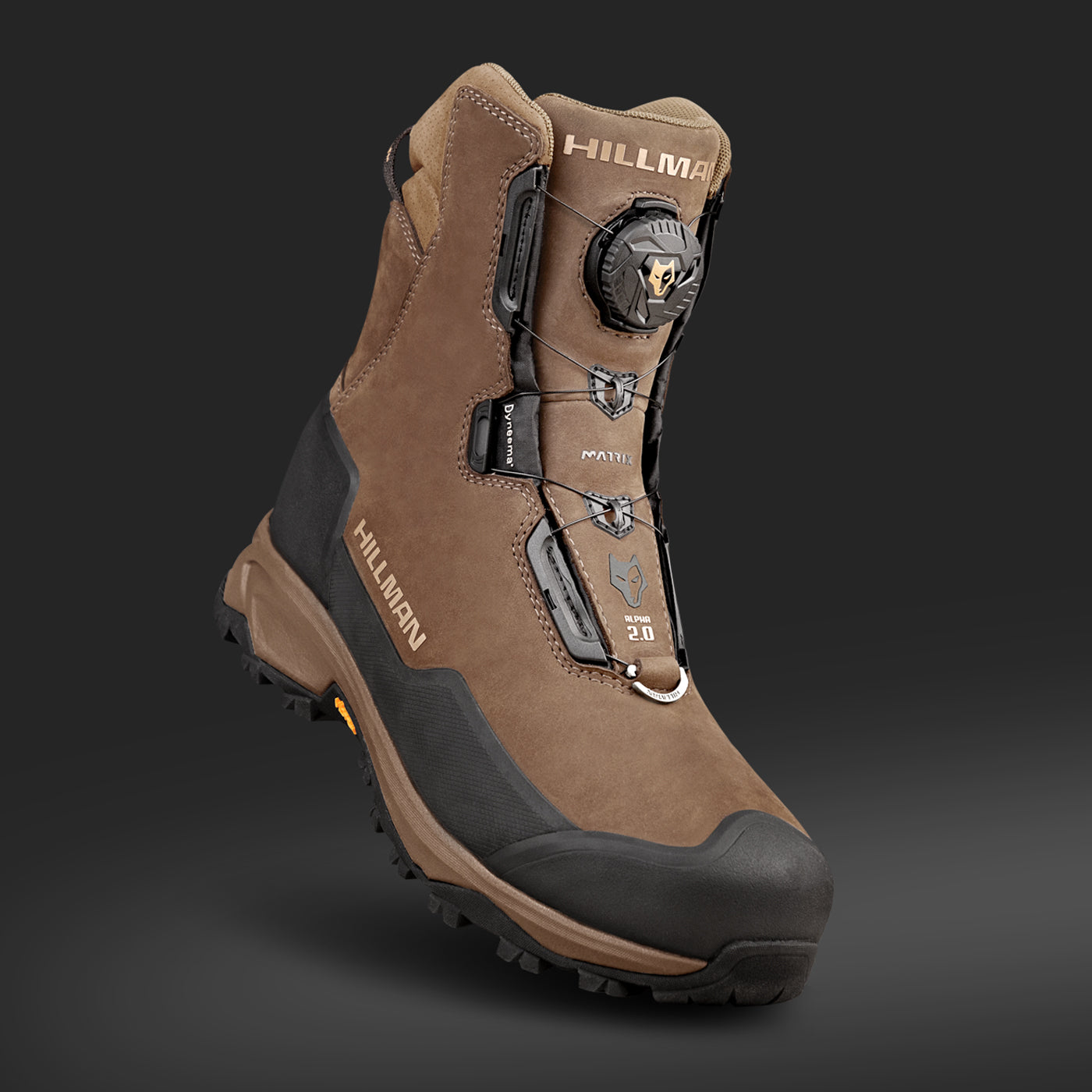
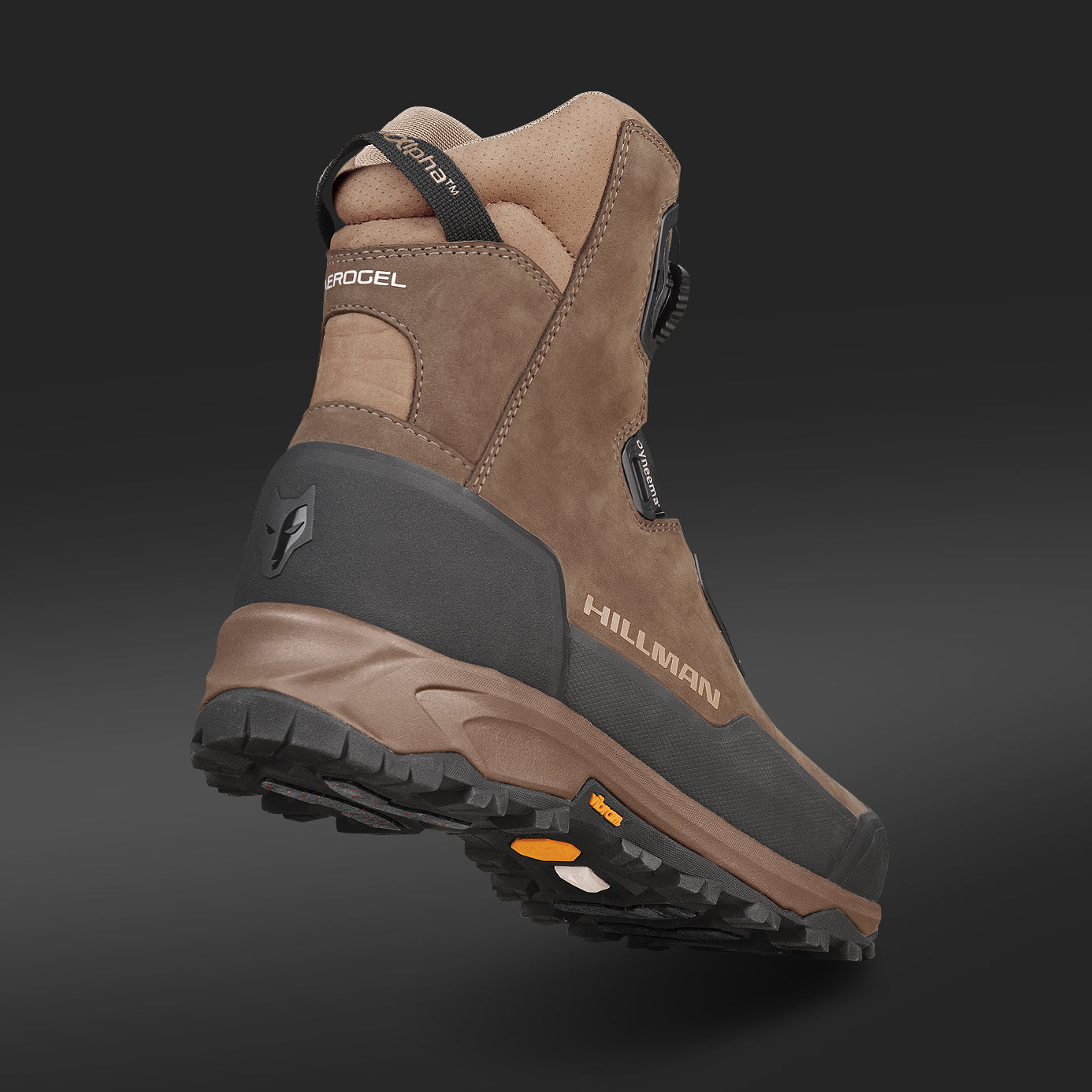
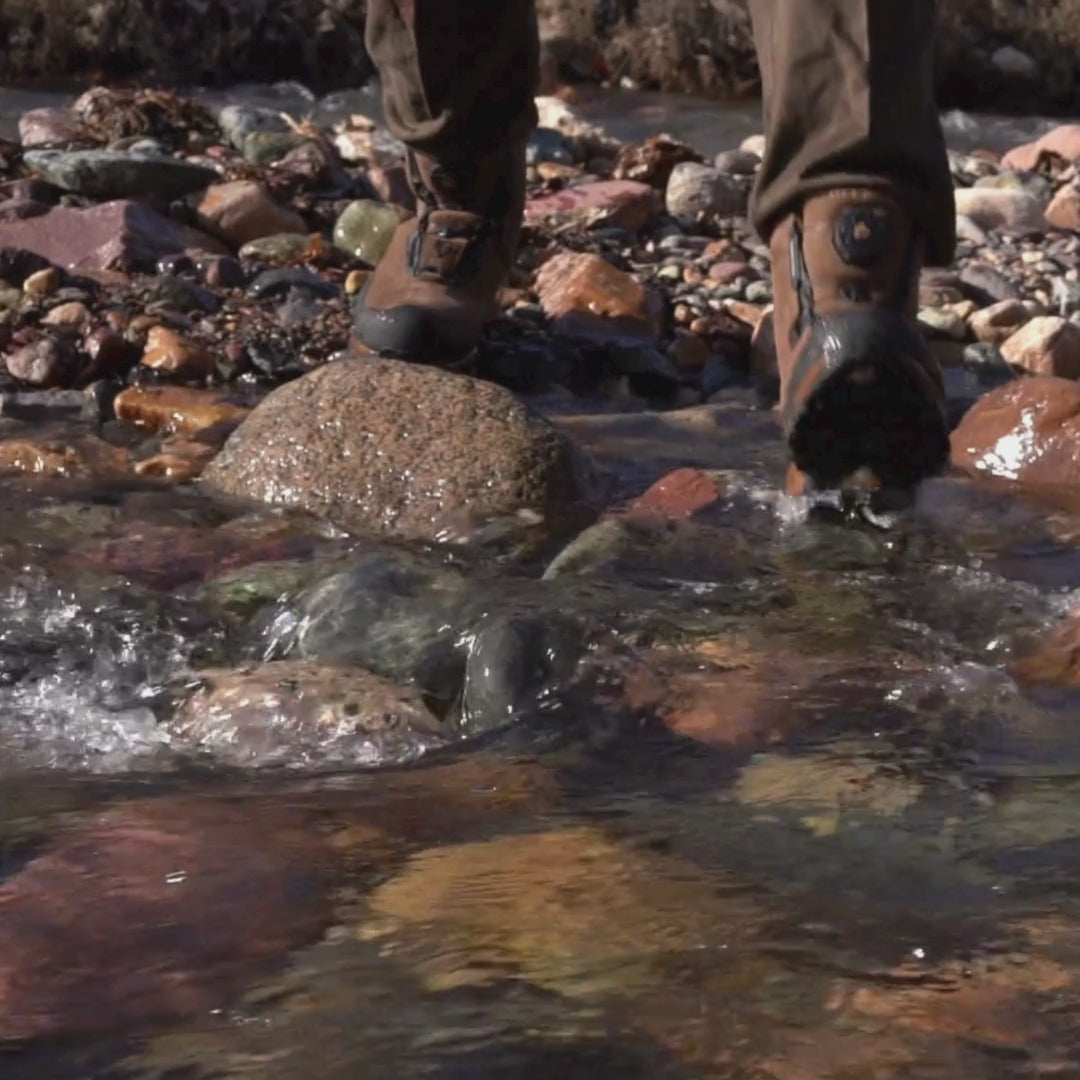
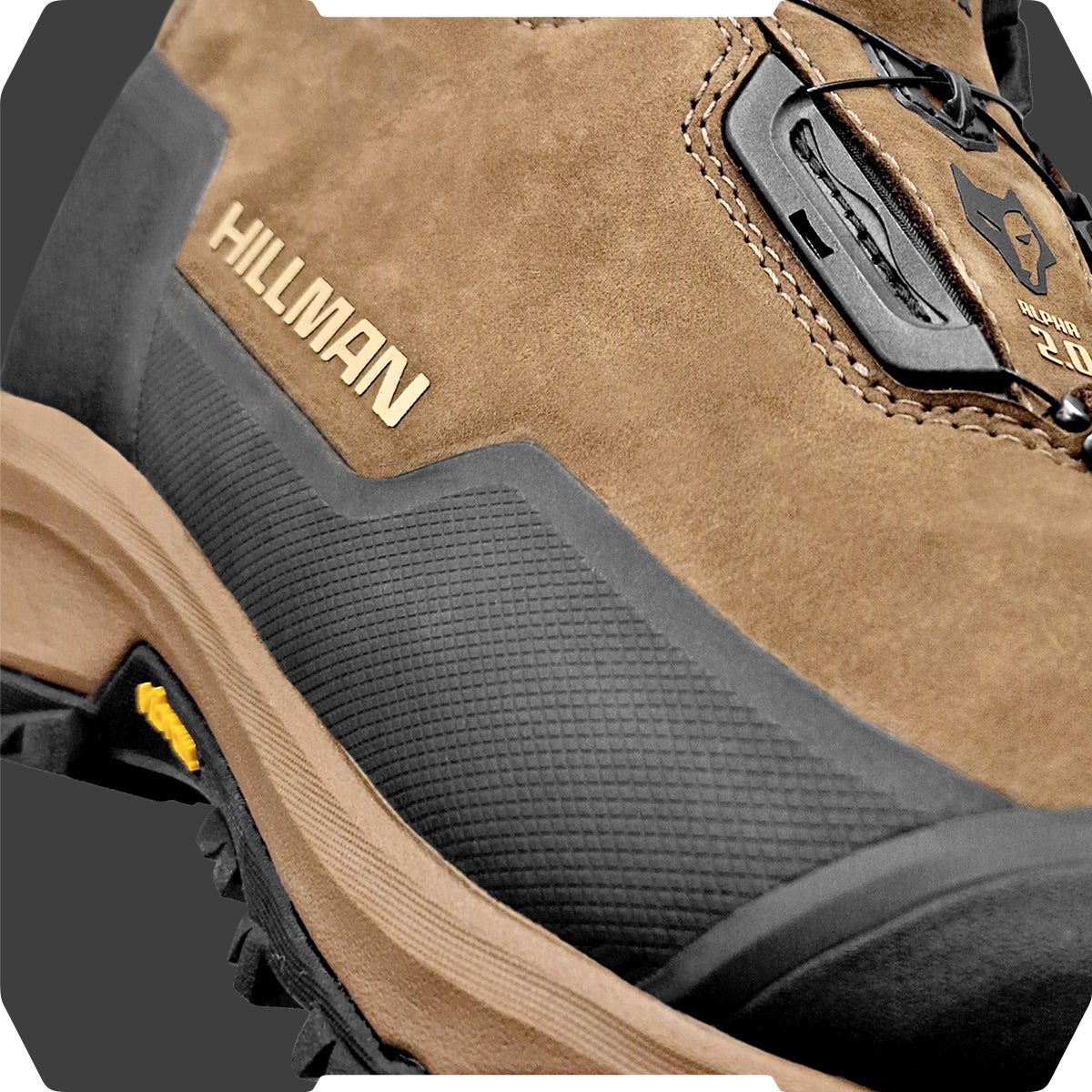
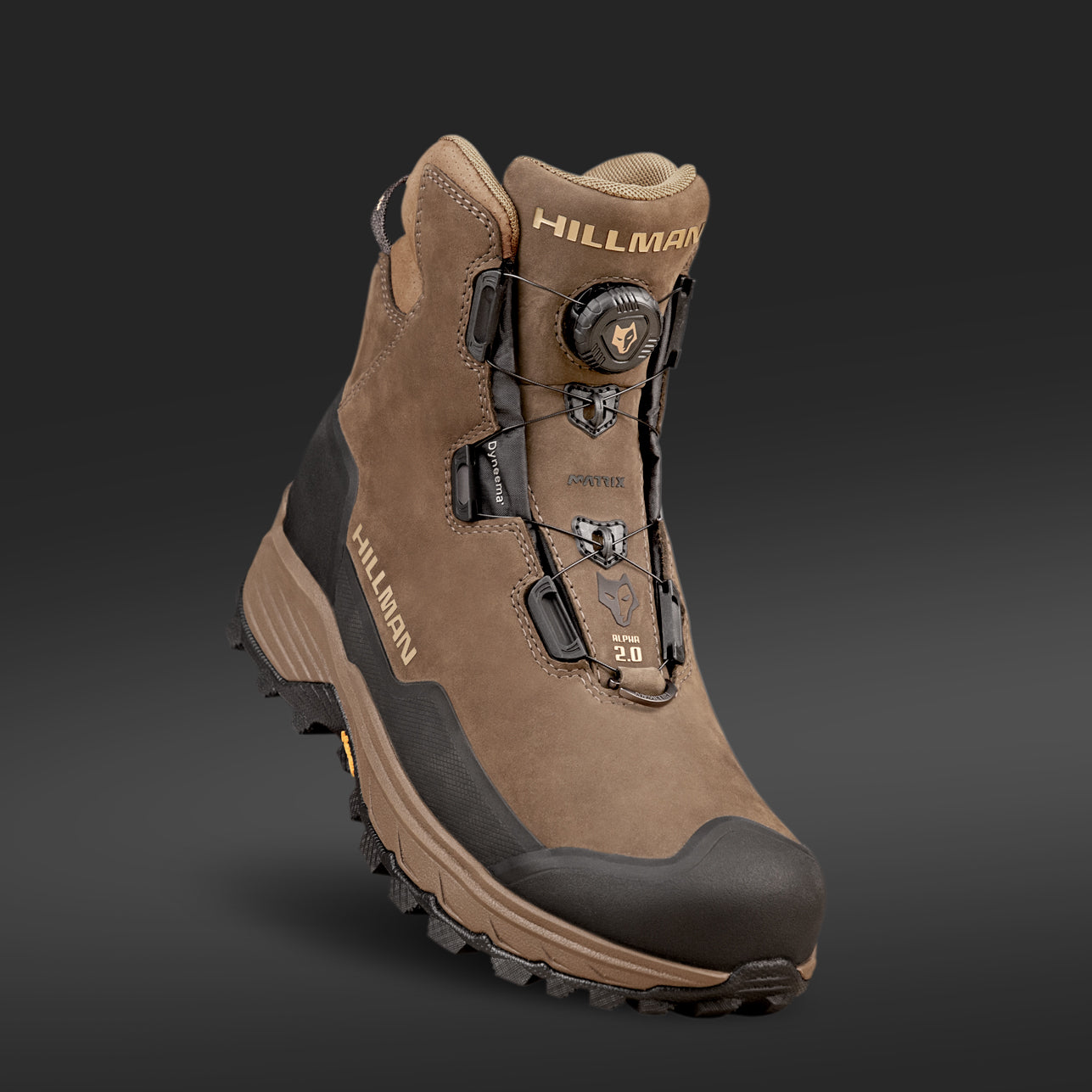
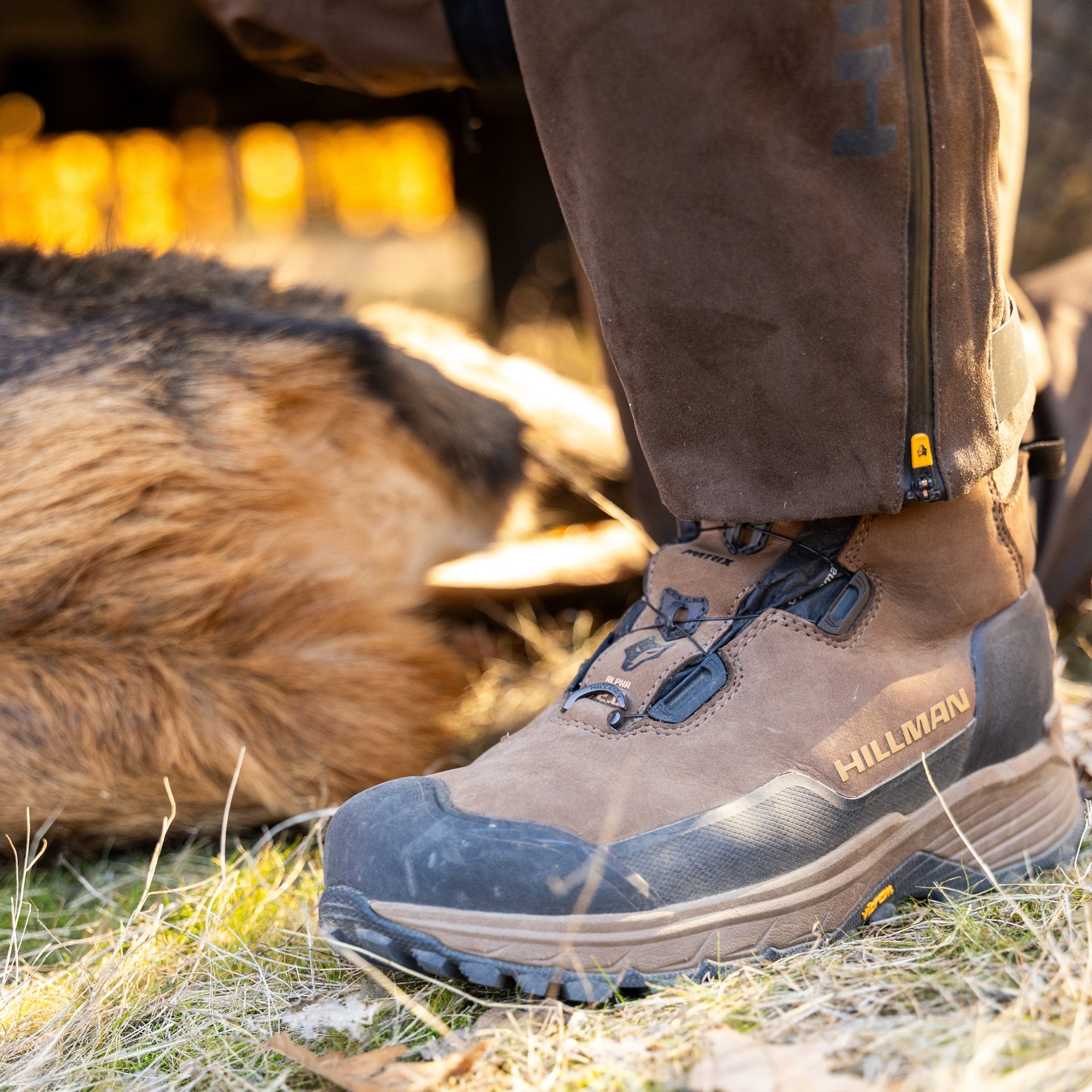
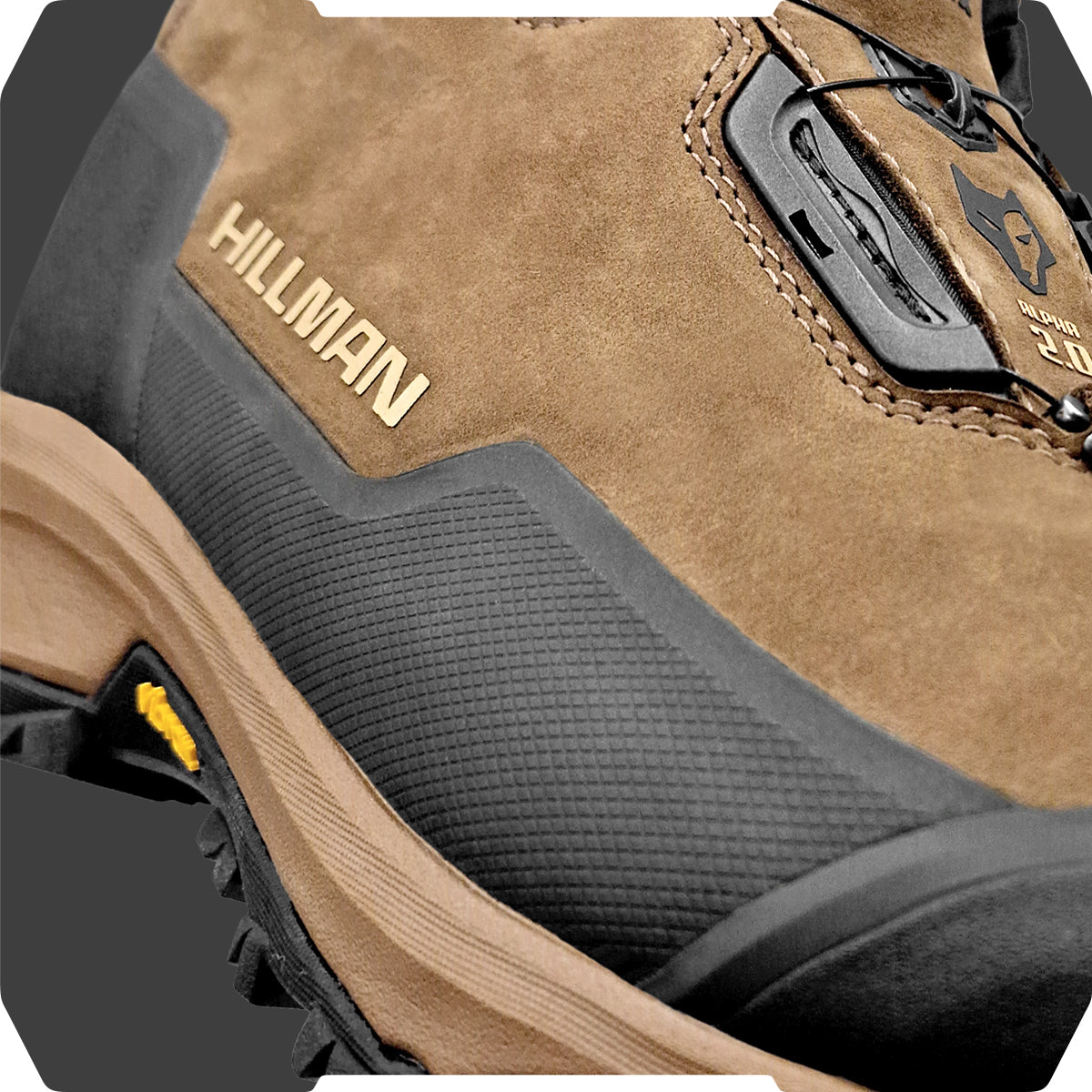
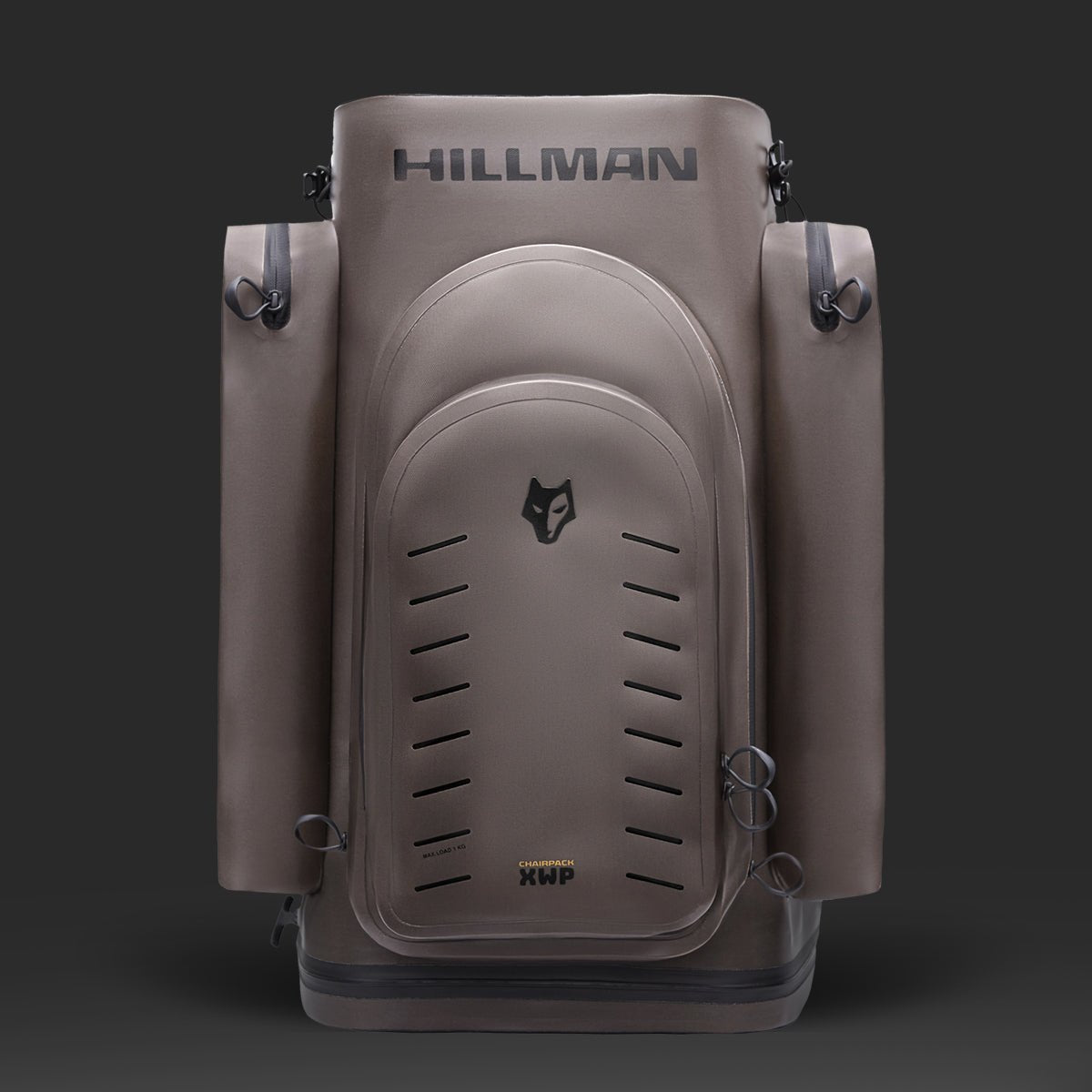
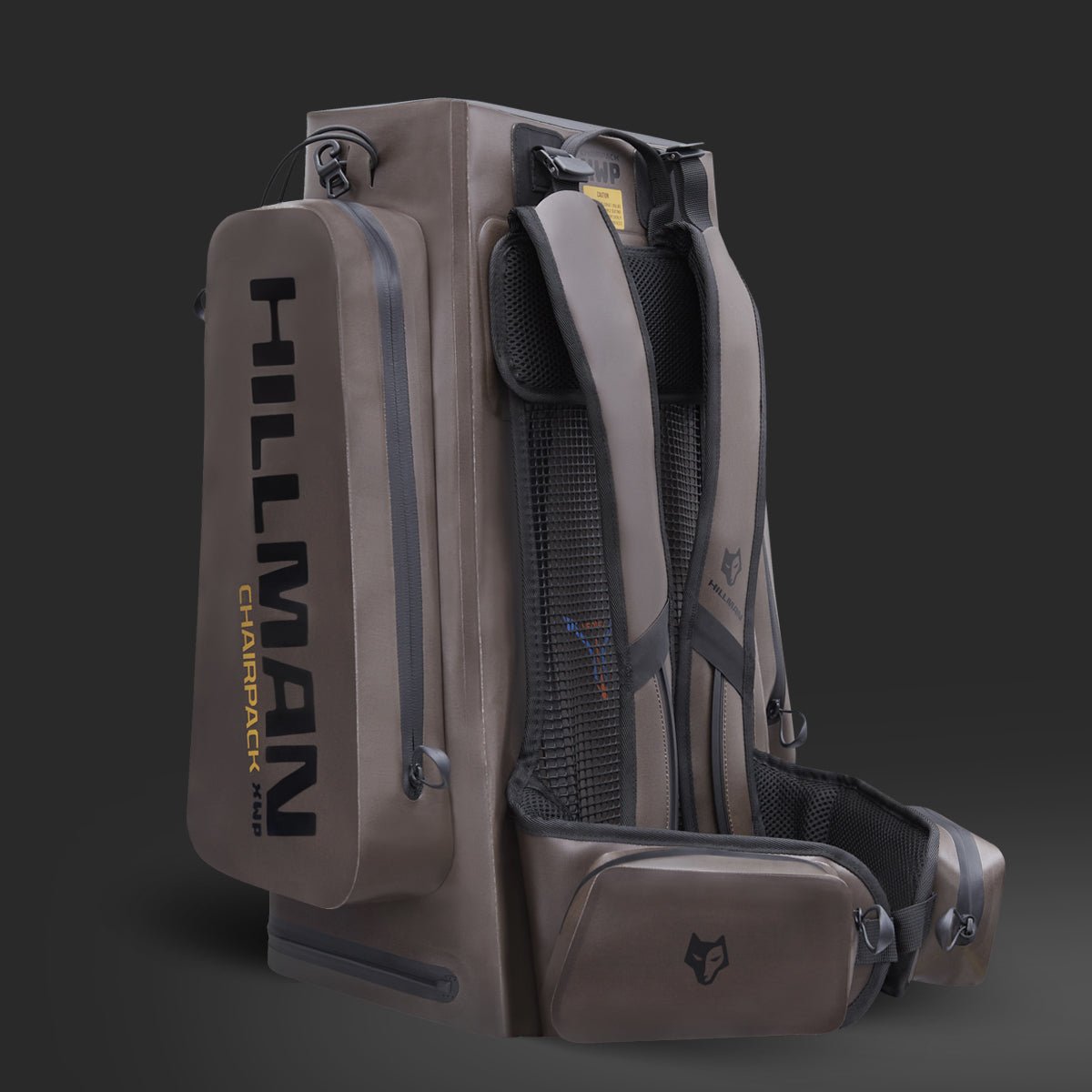
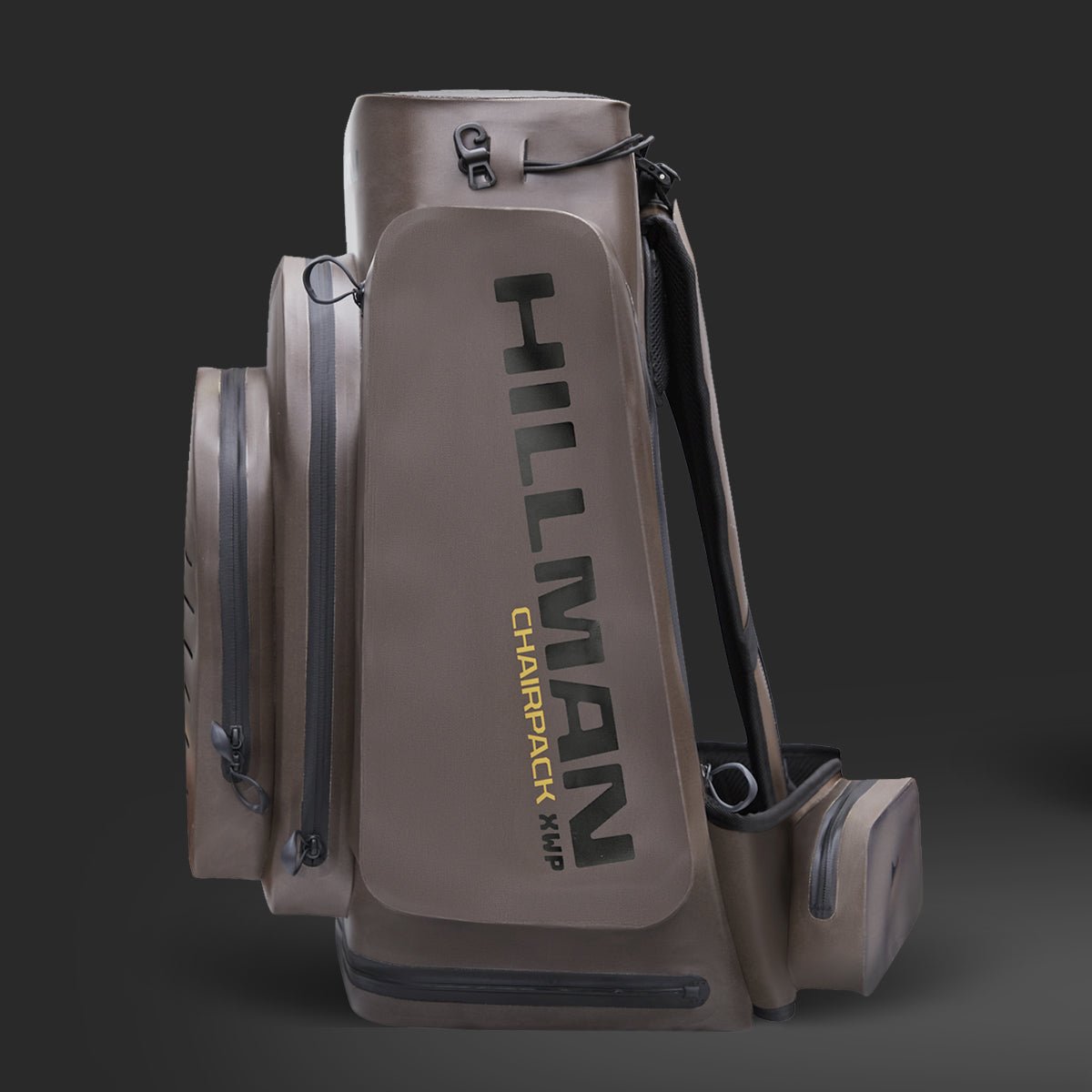
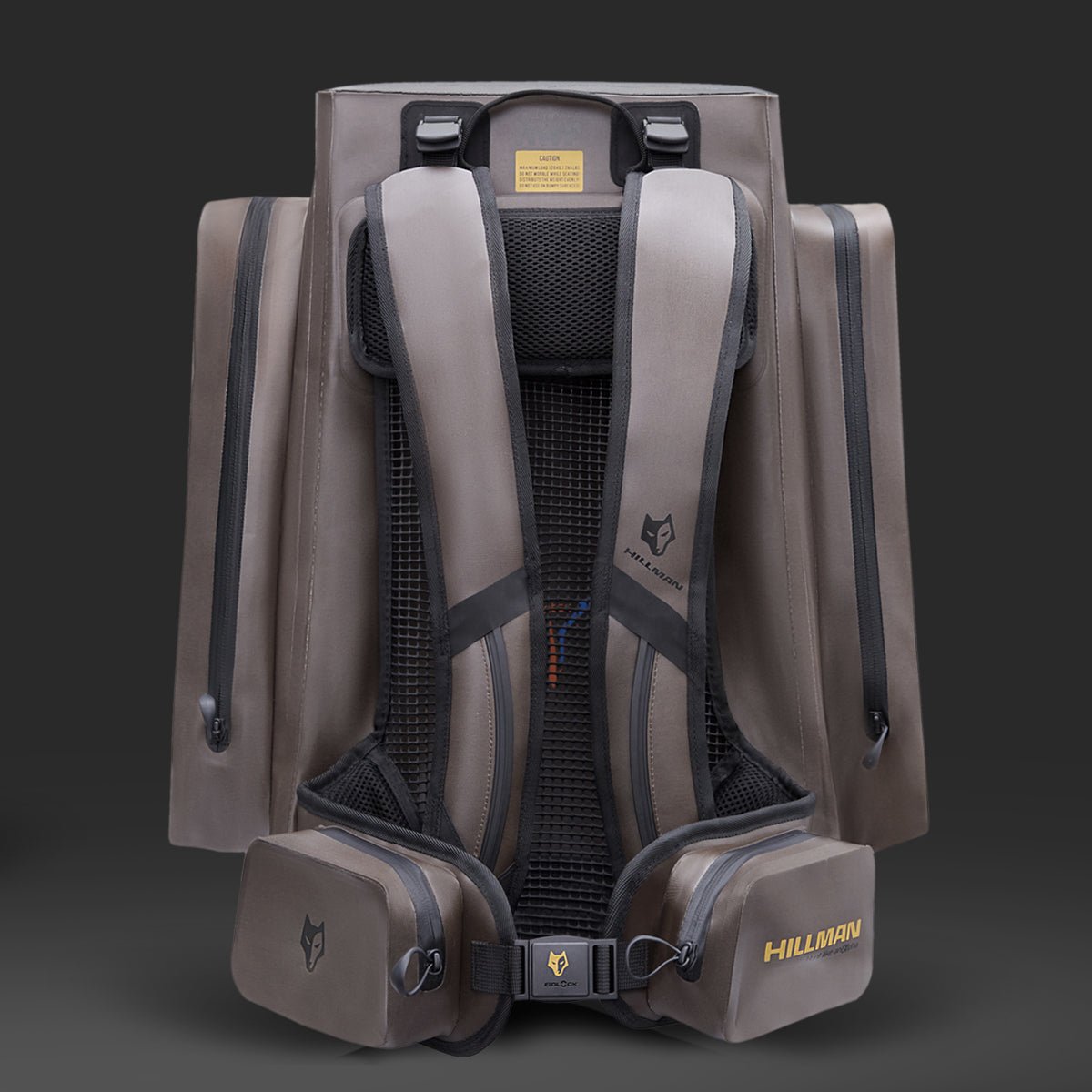
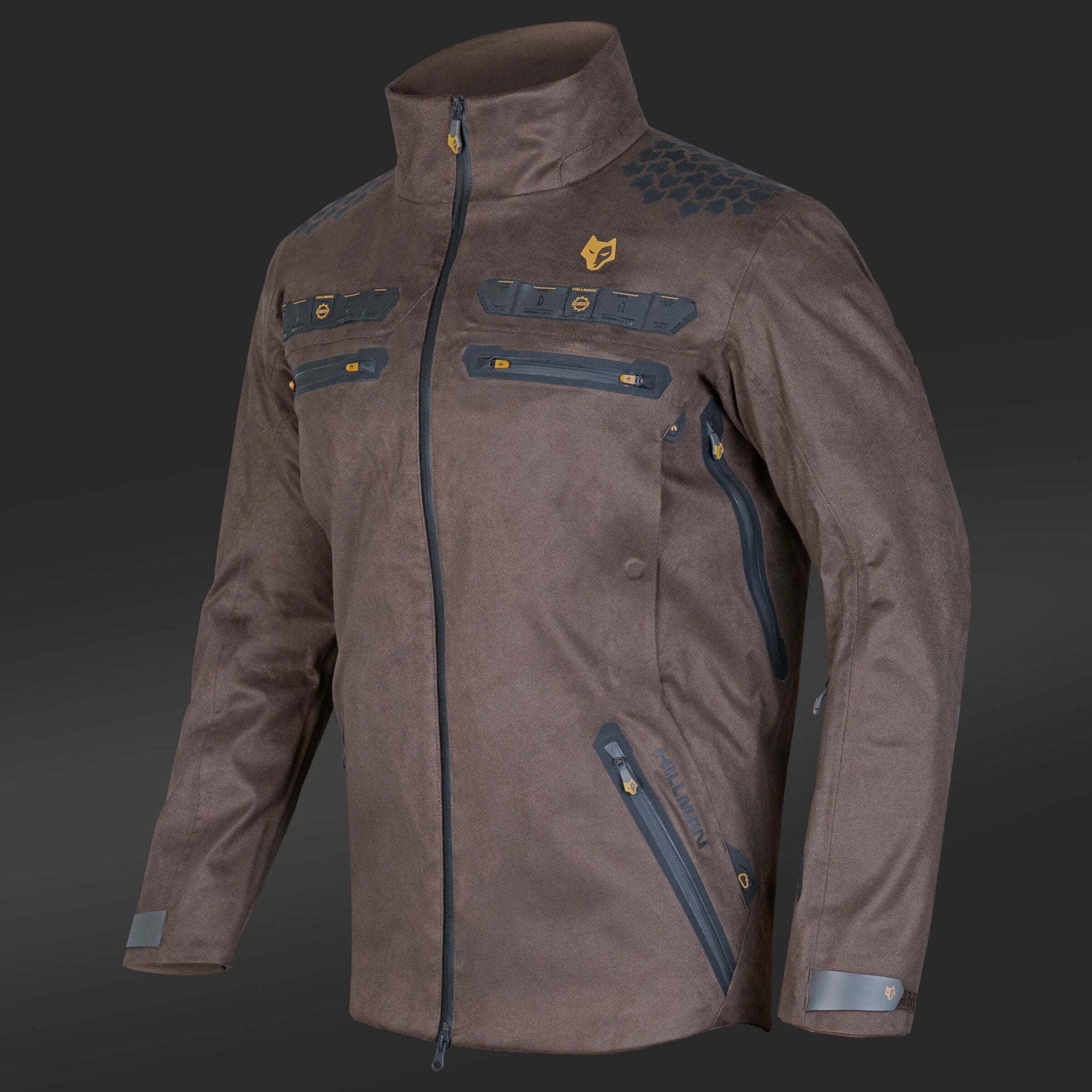




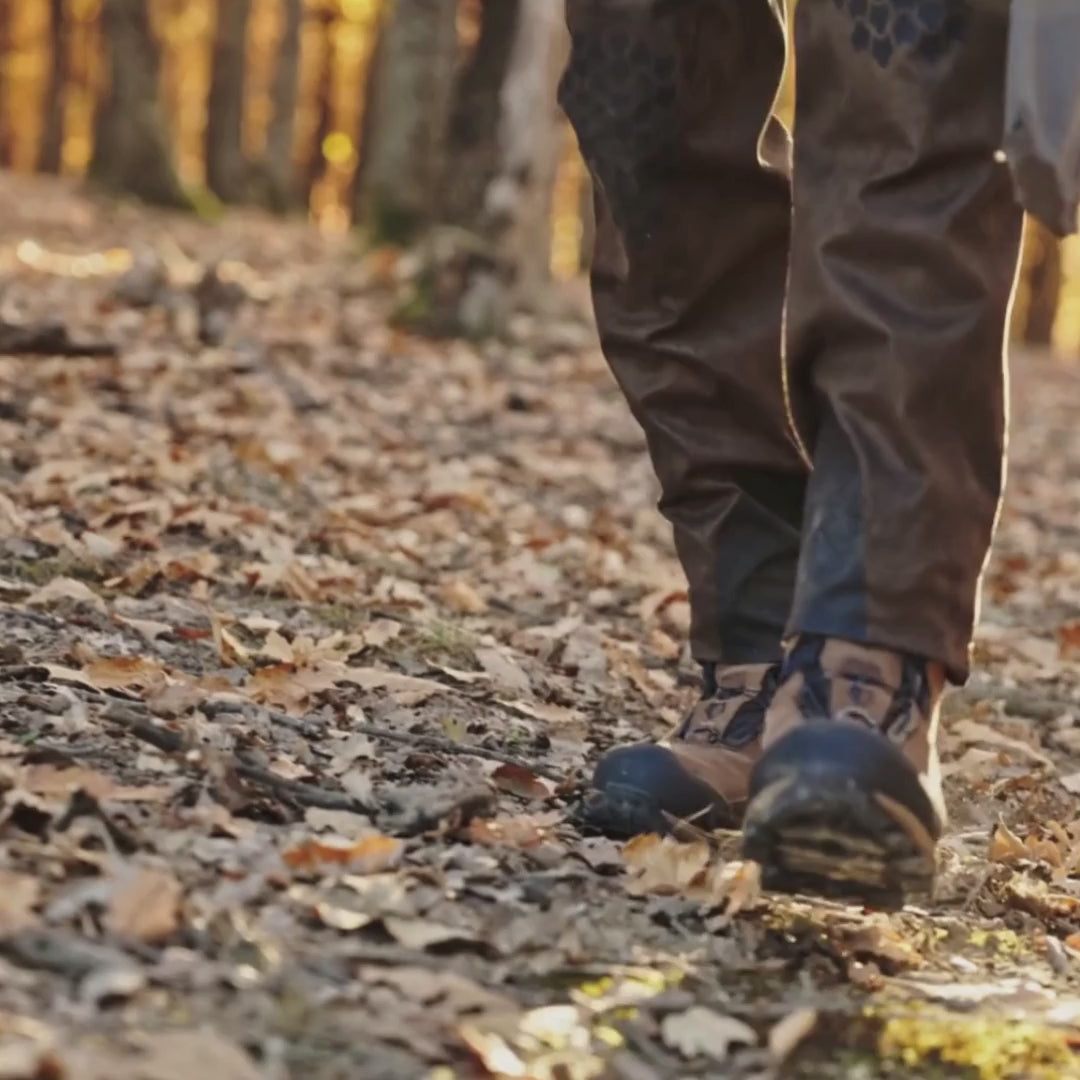
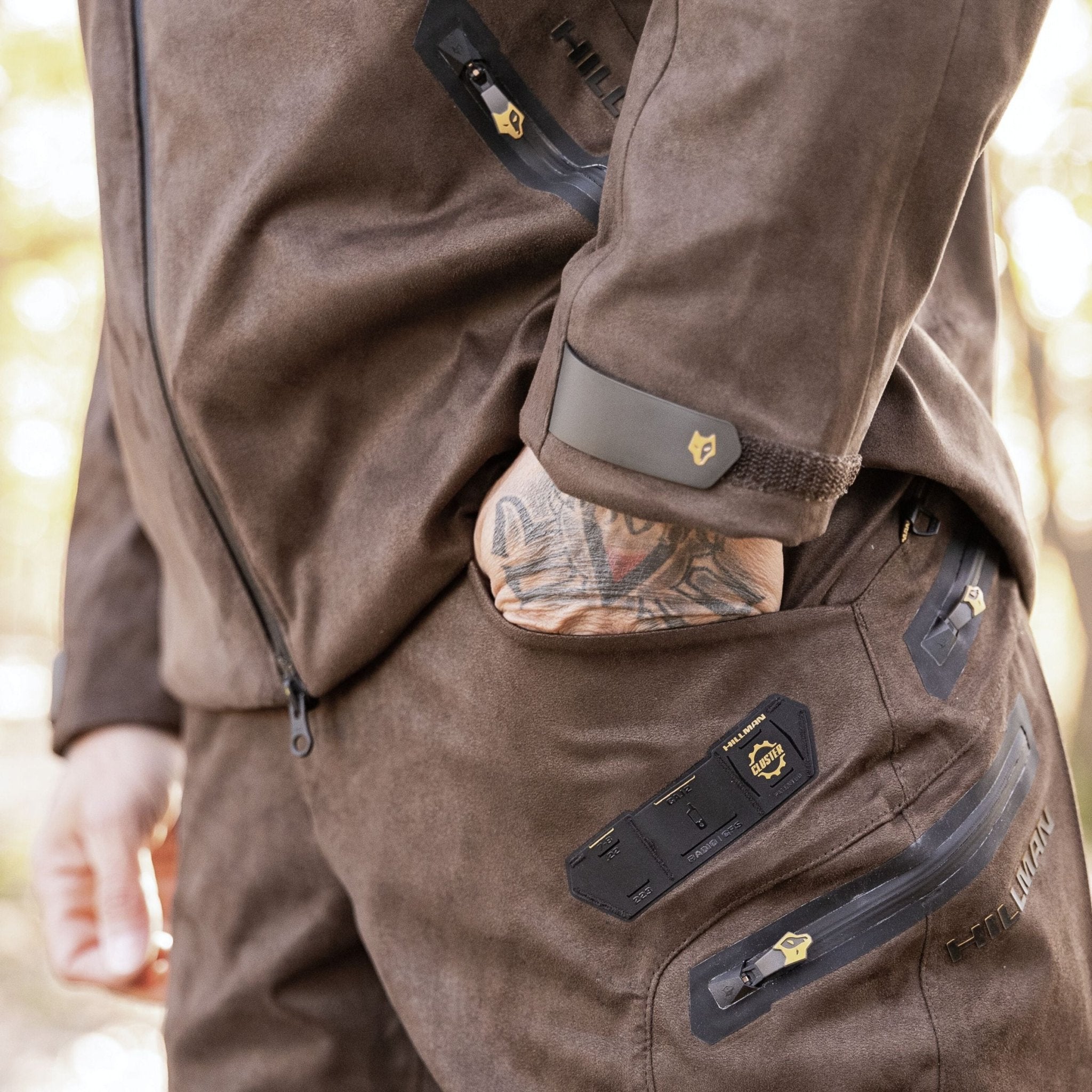


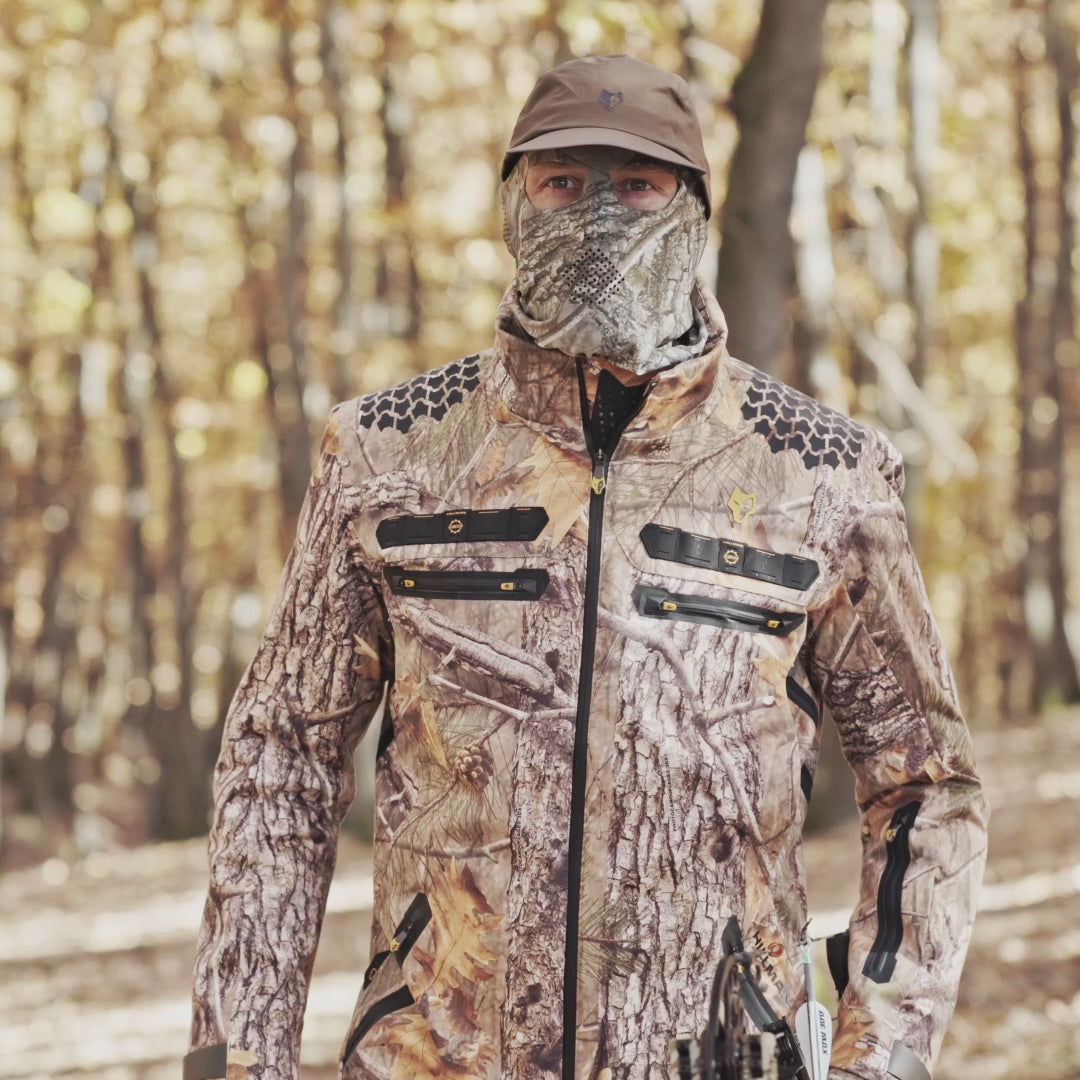



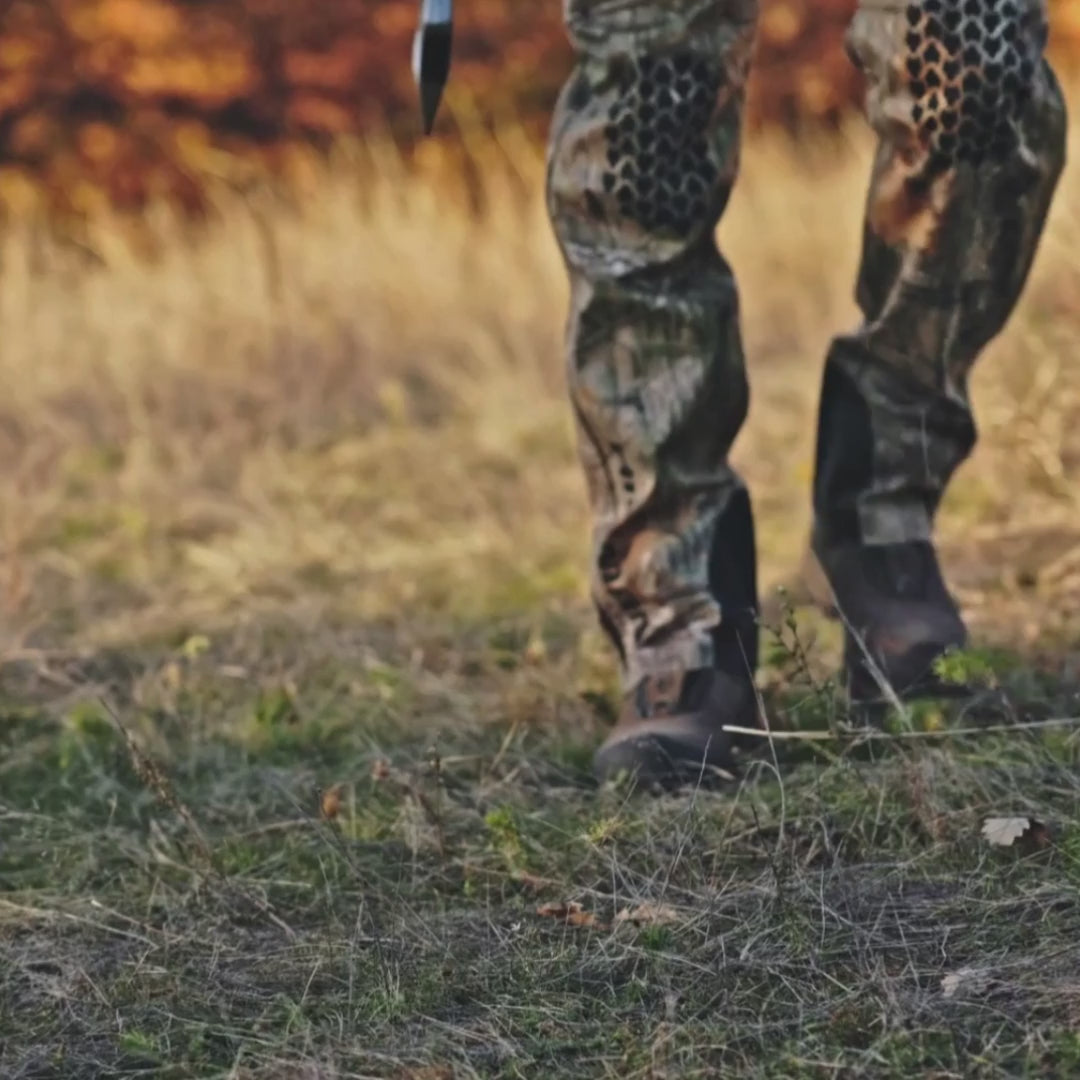


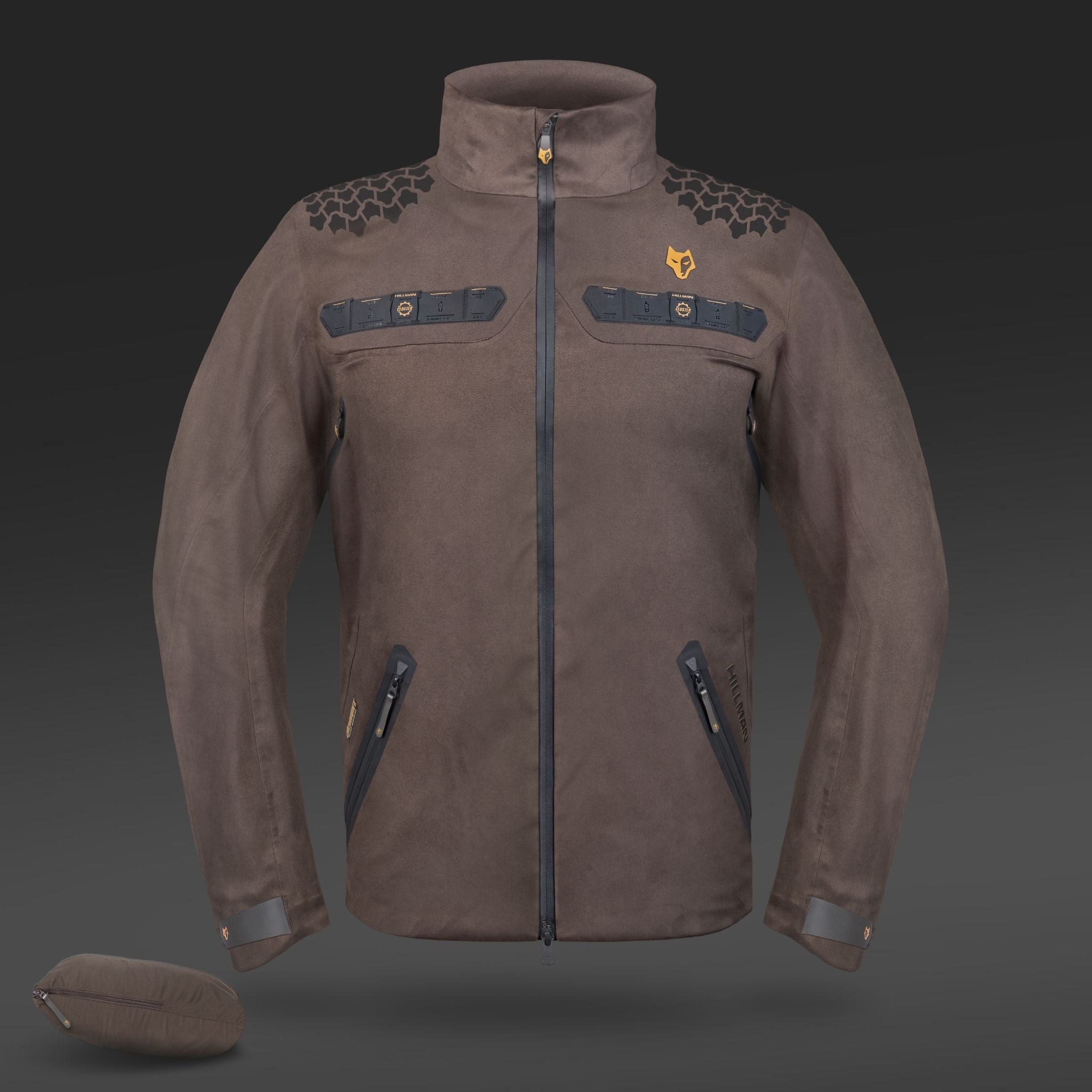
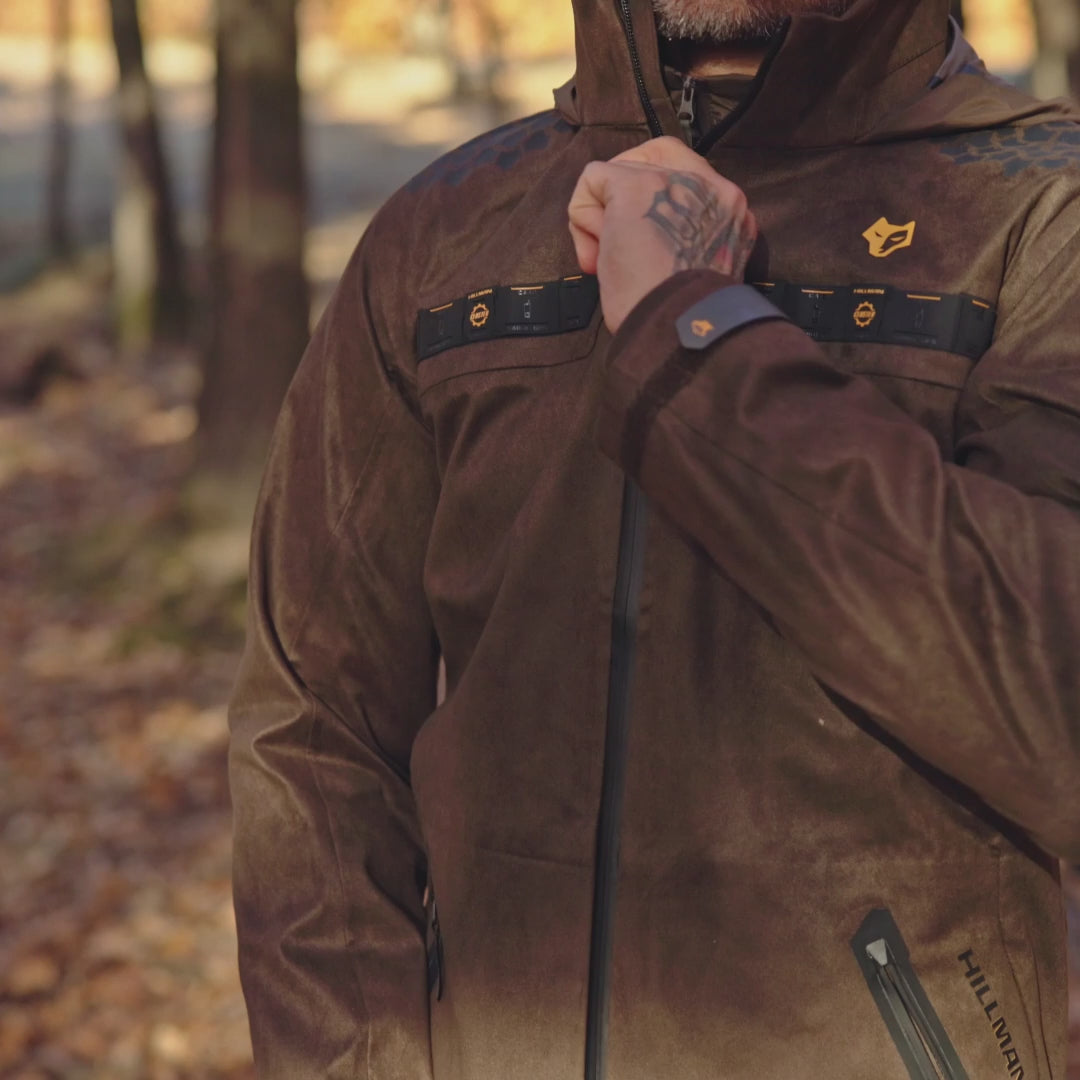
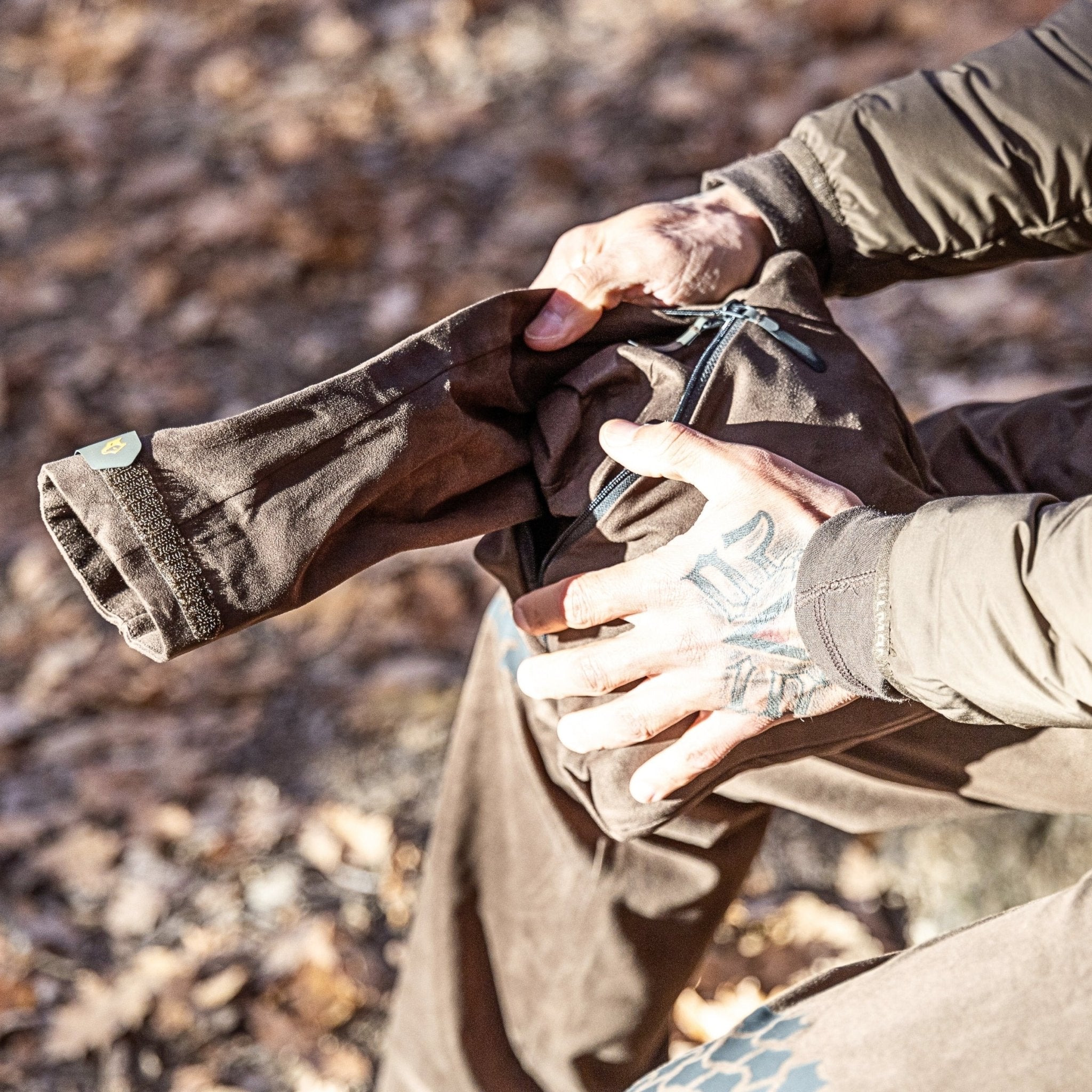
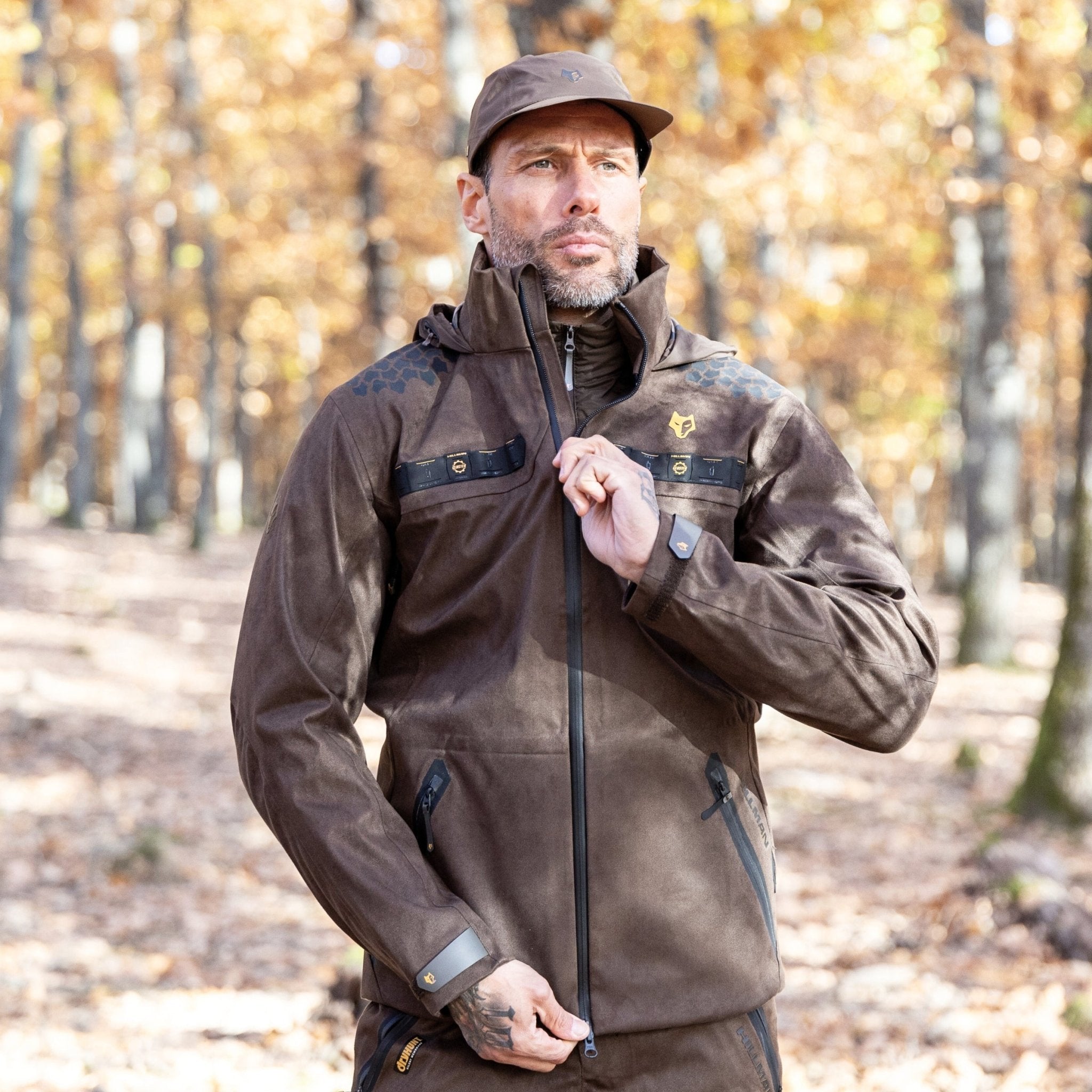
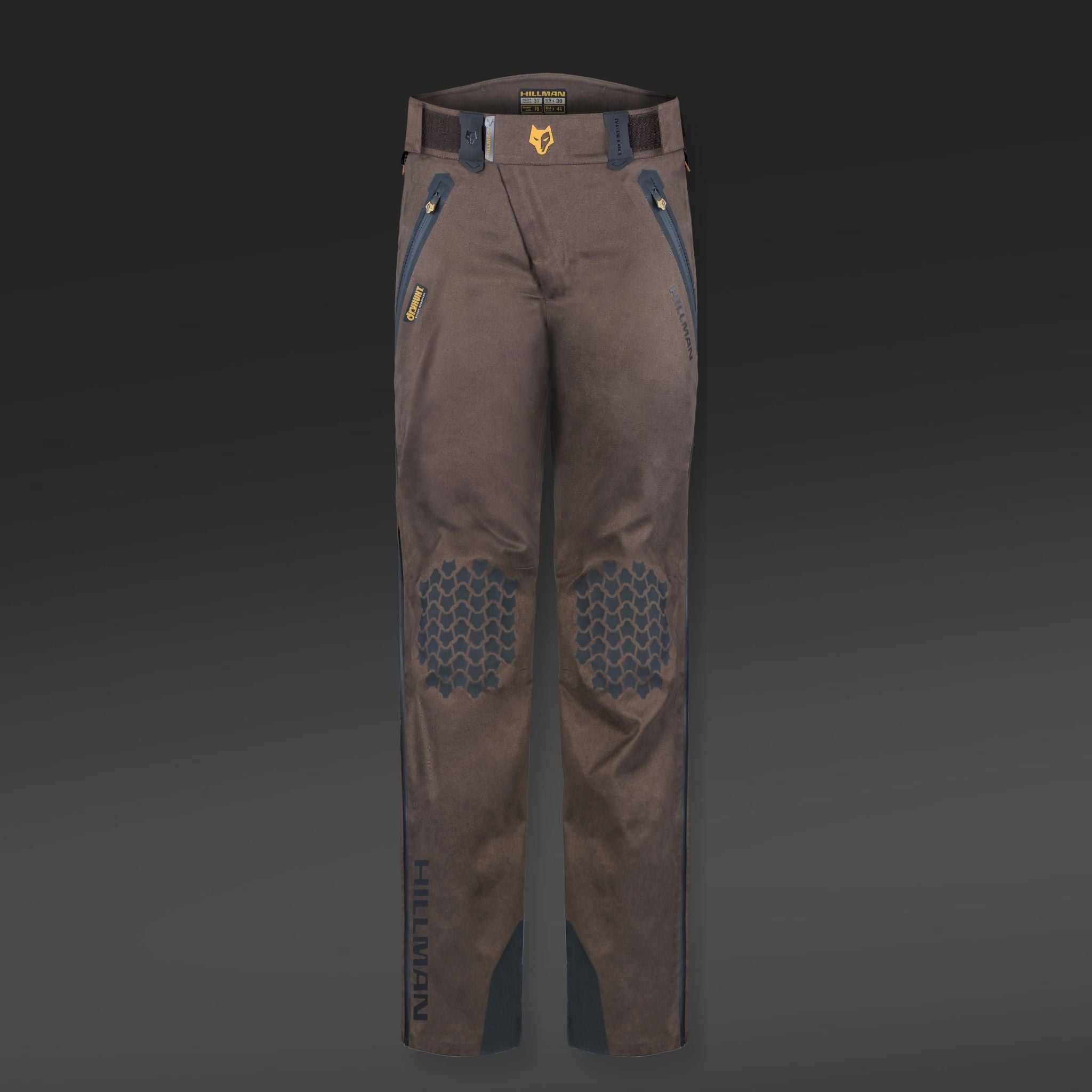
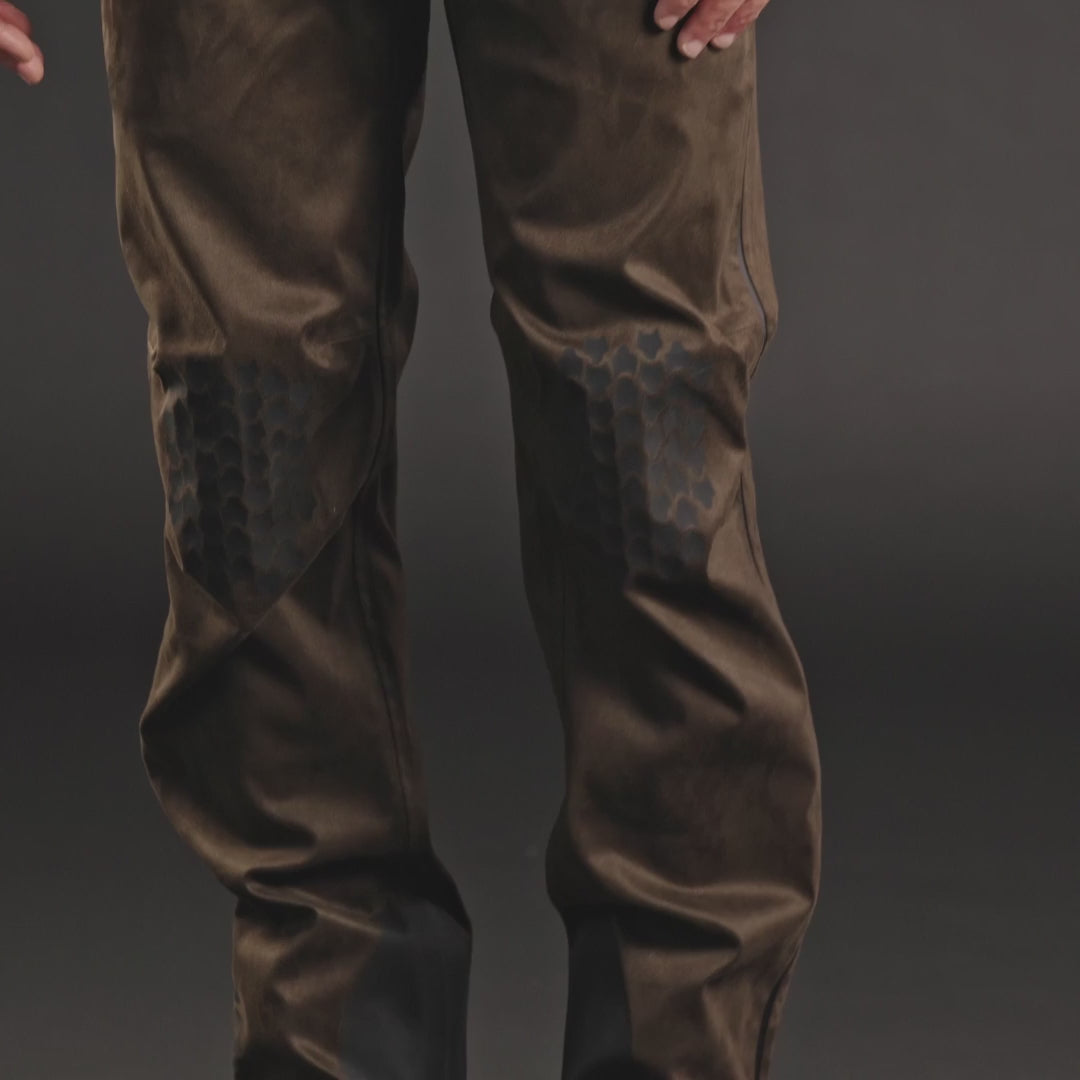






Share: